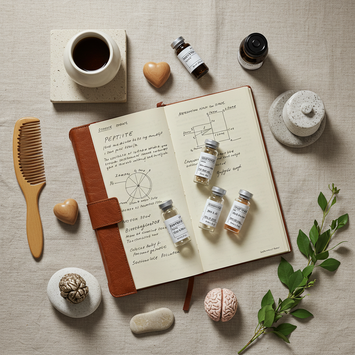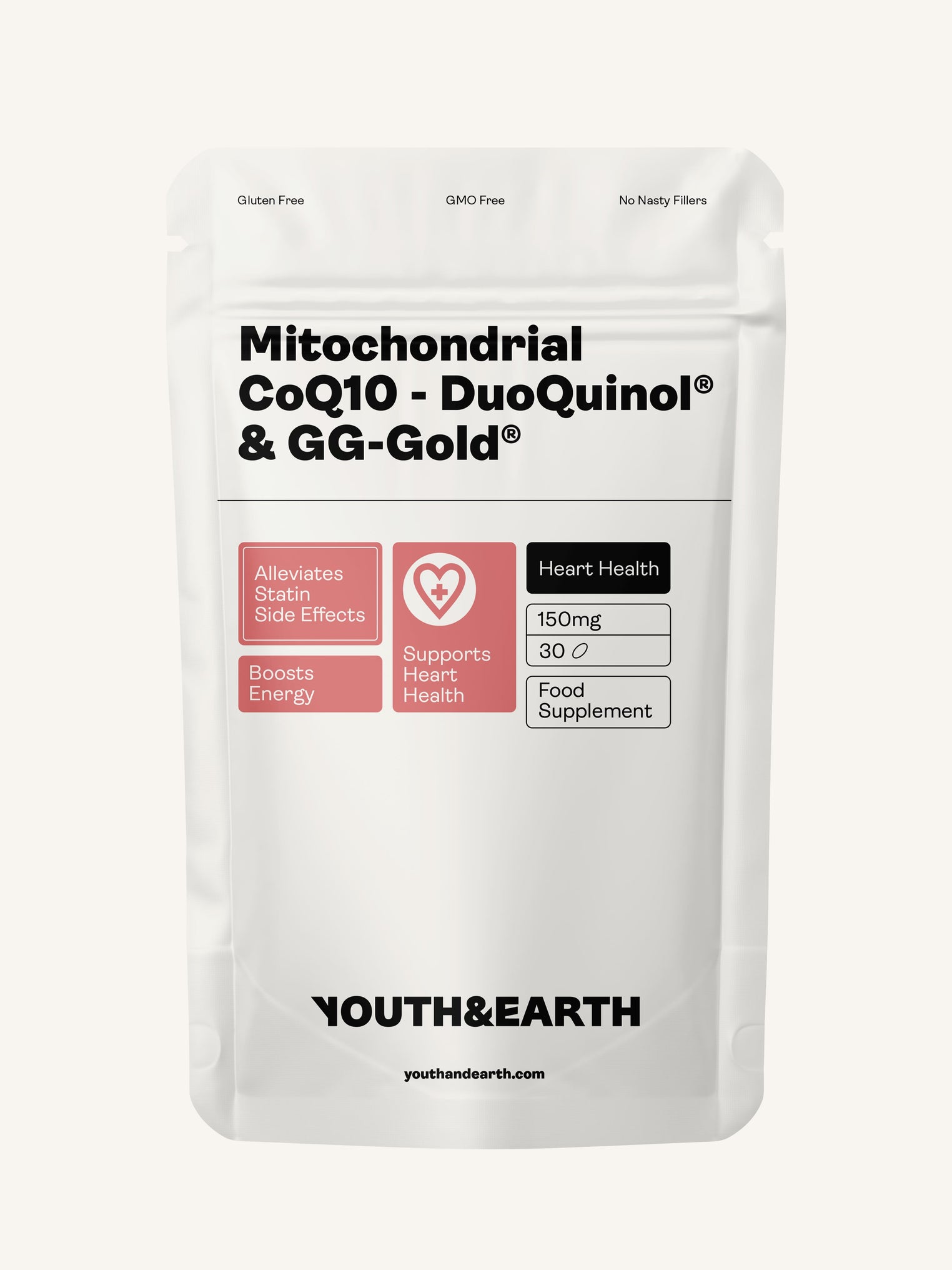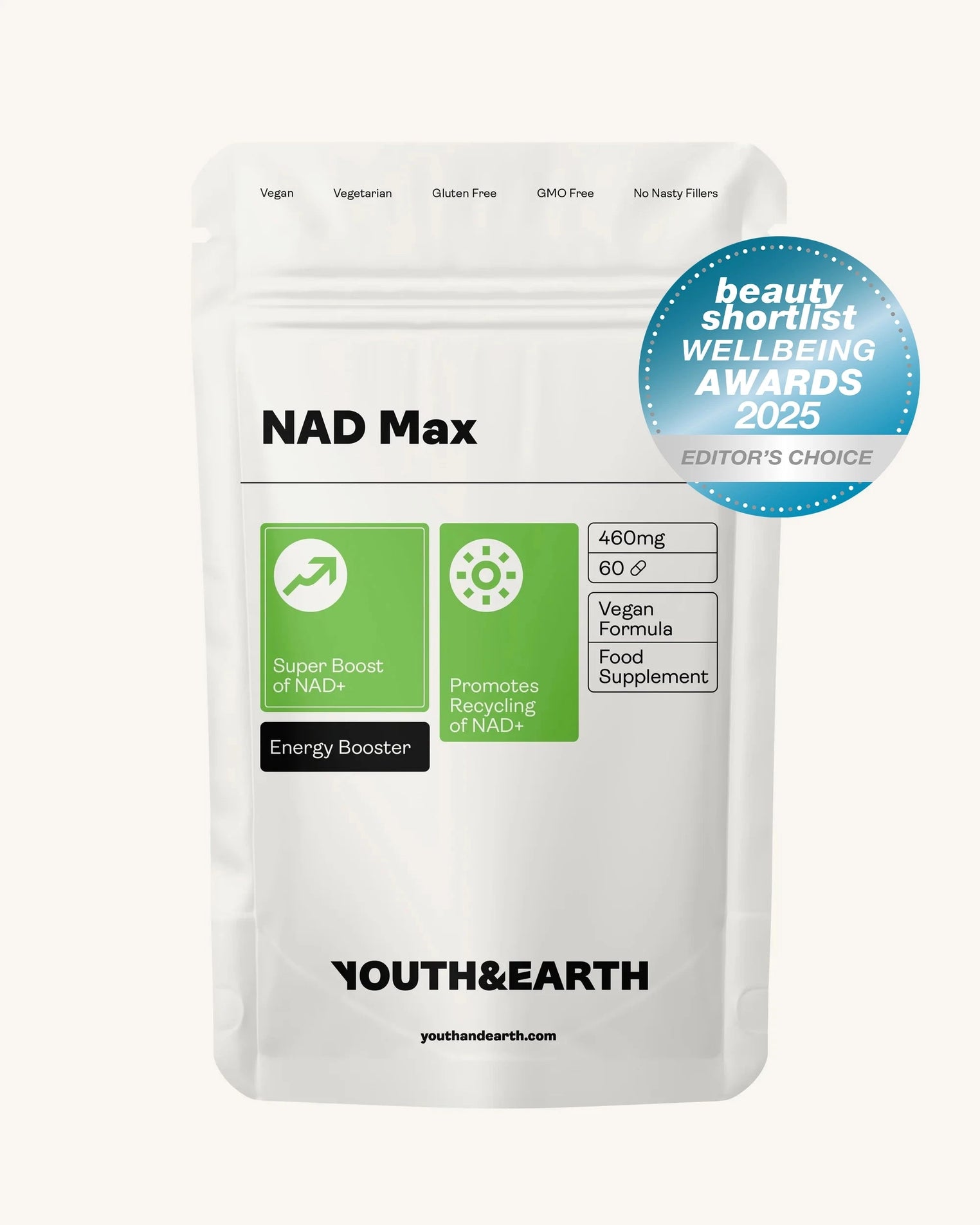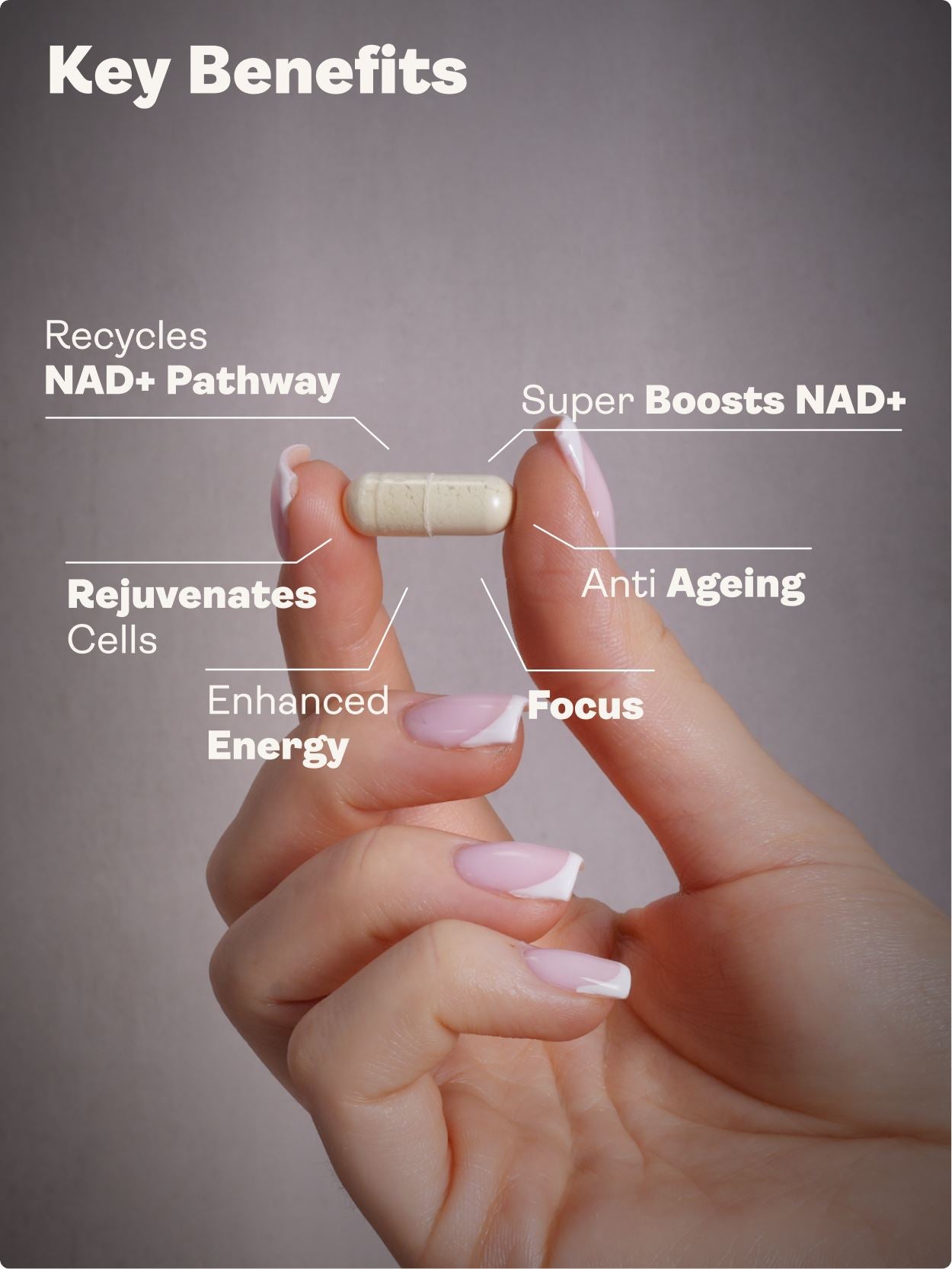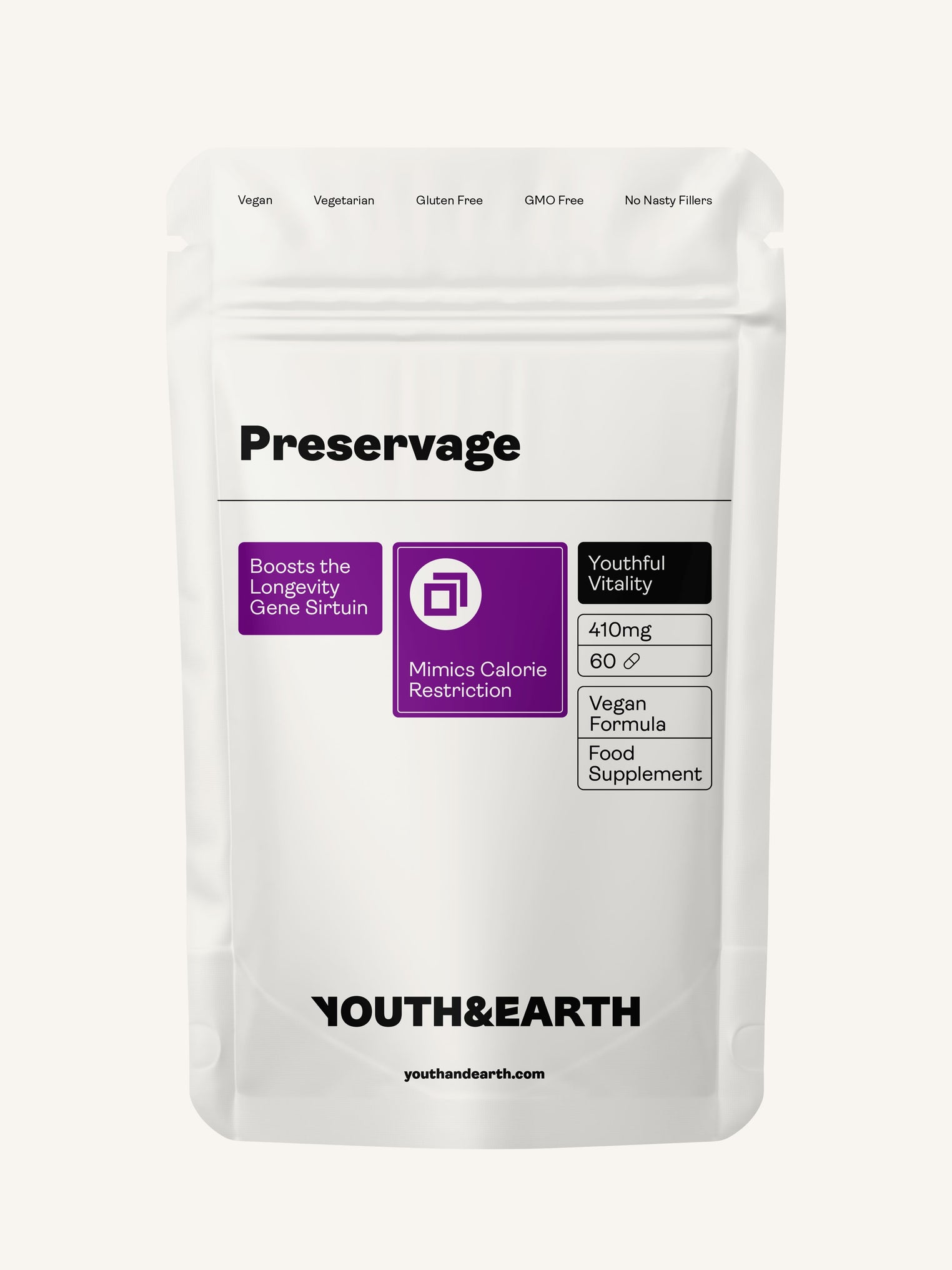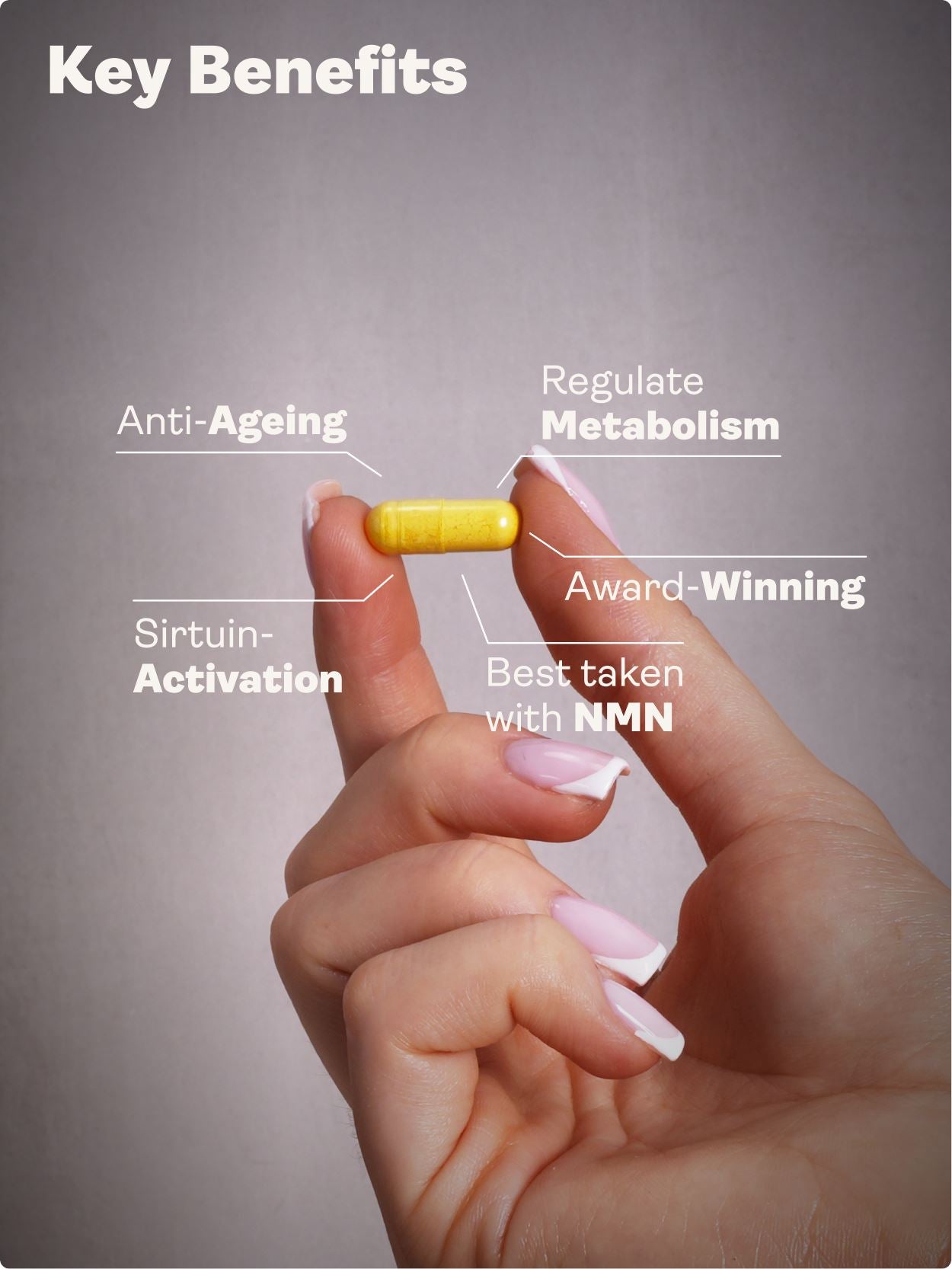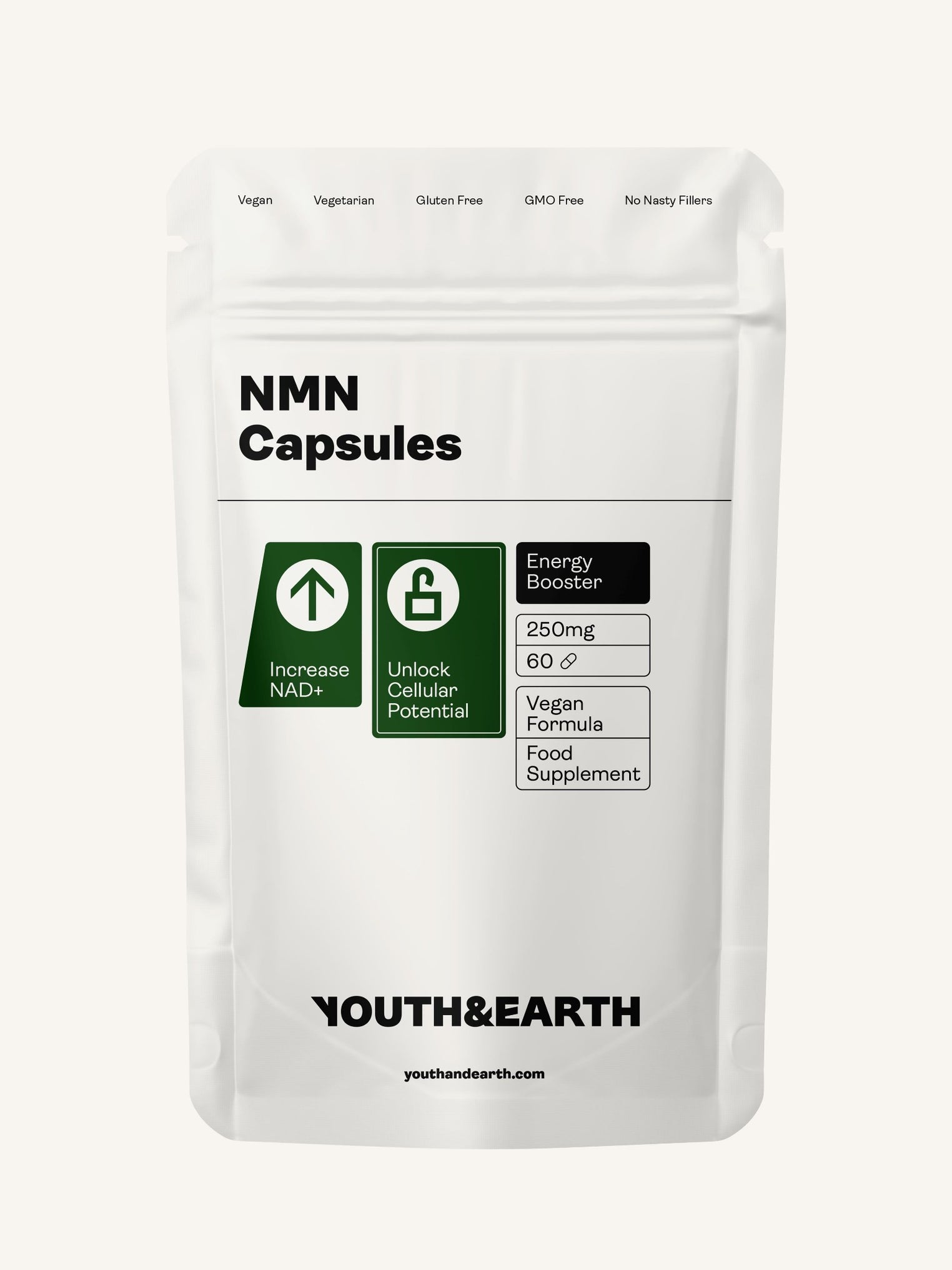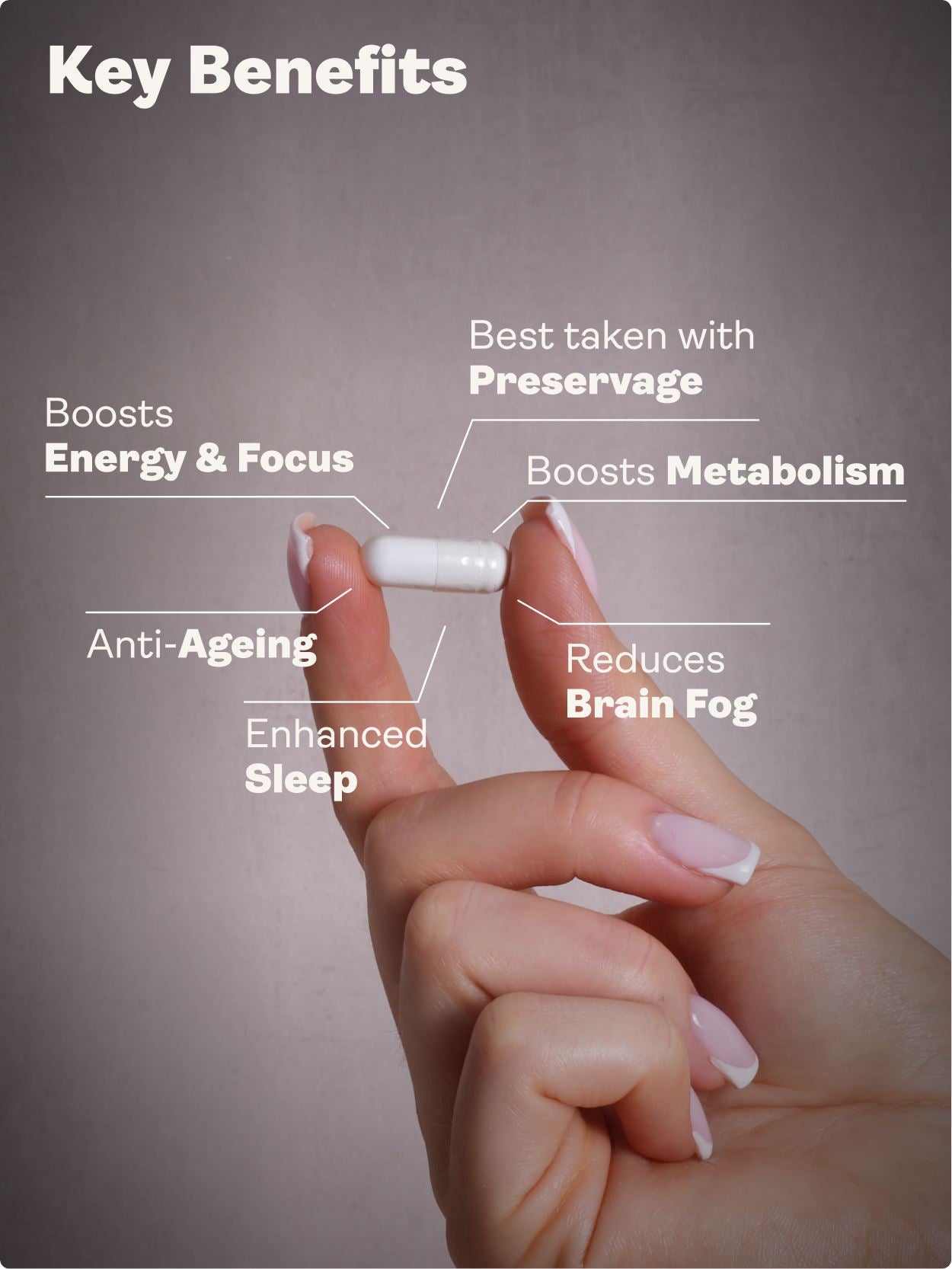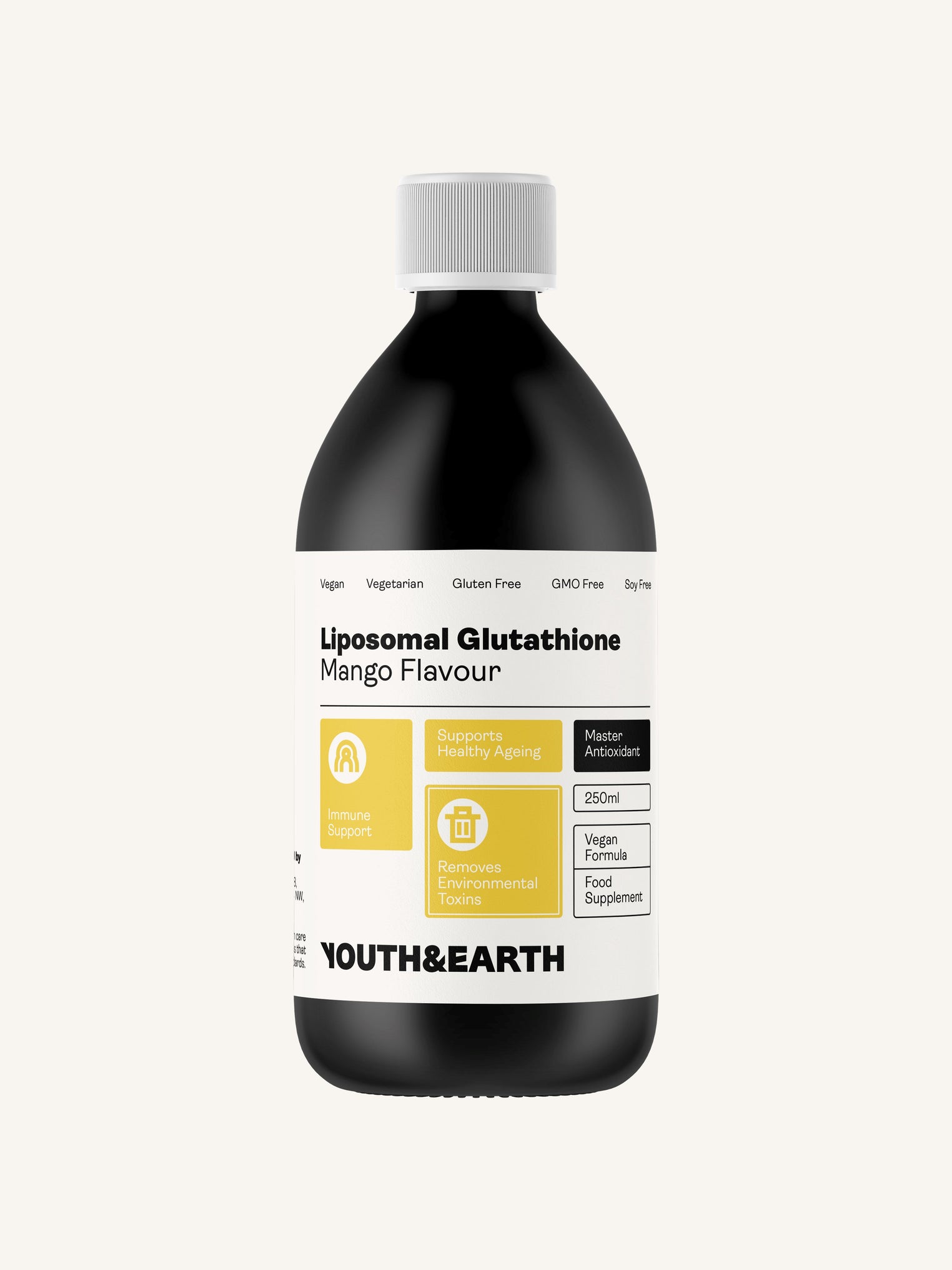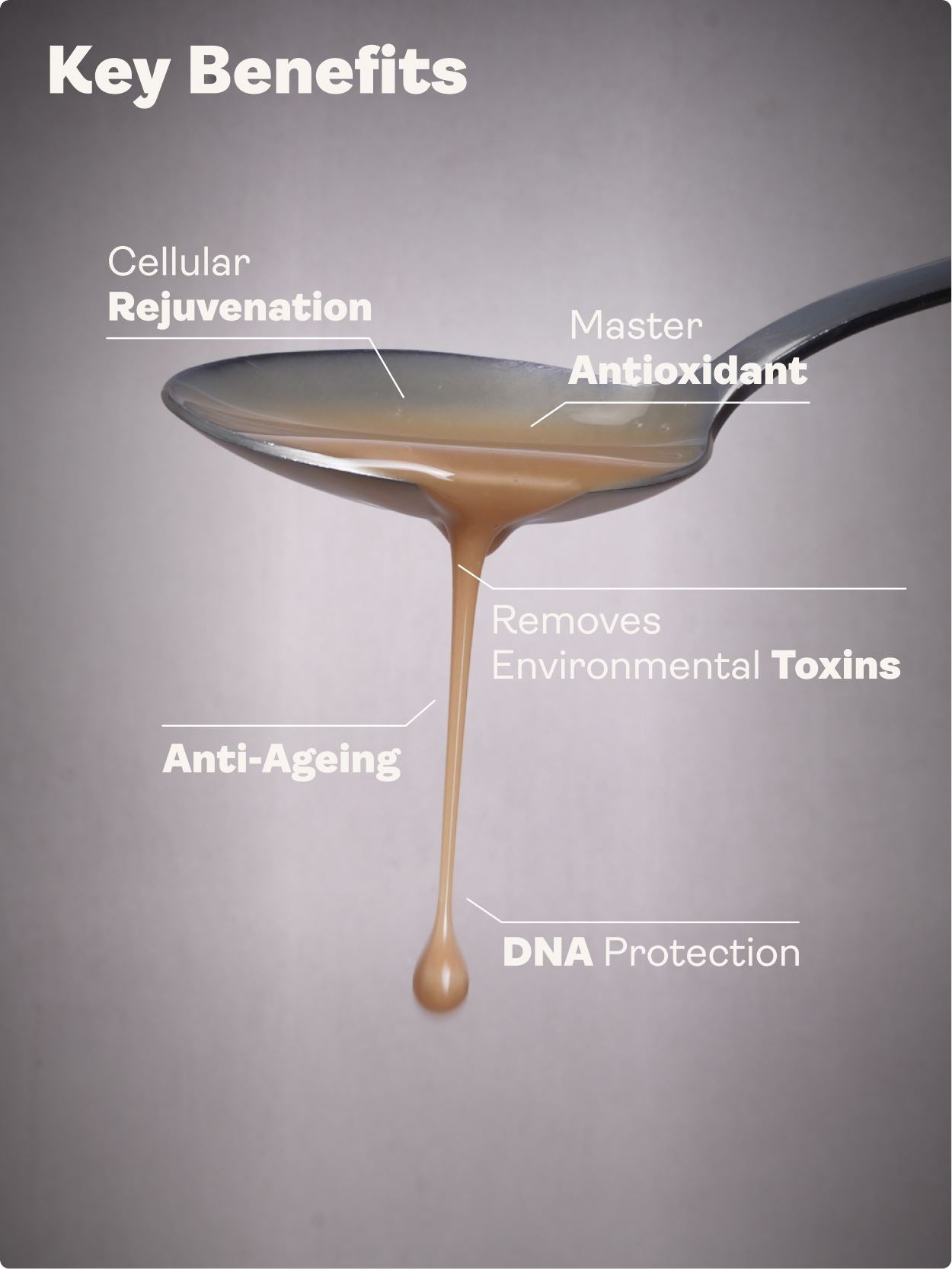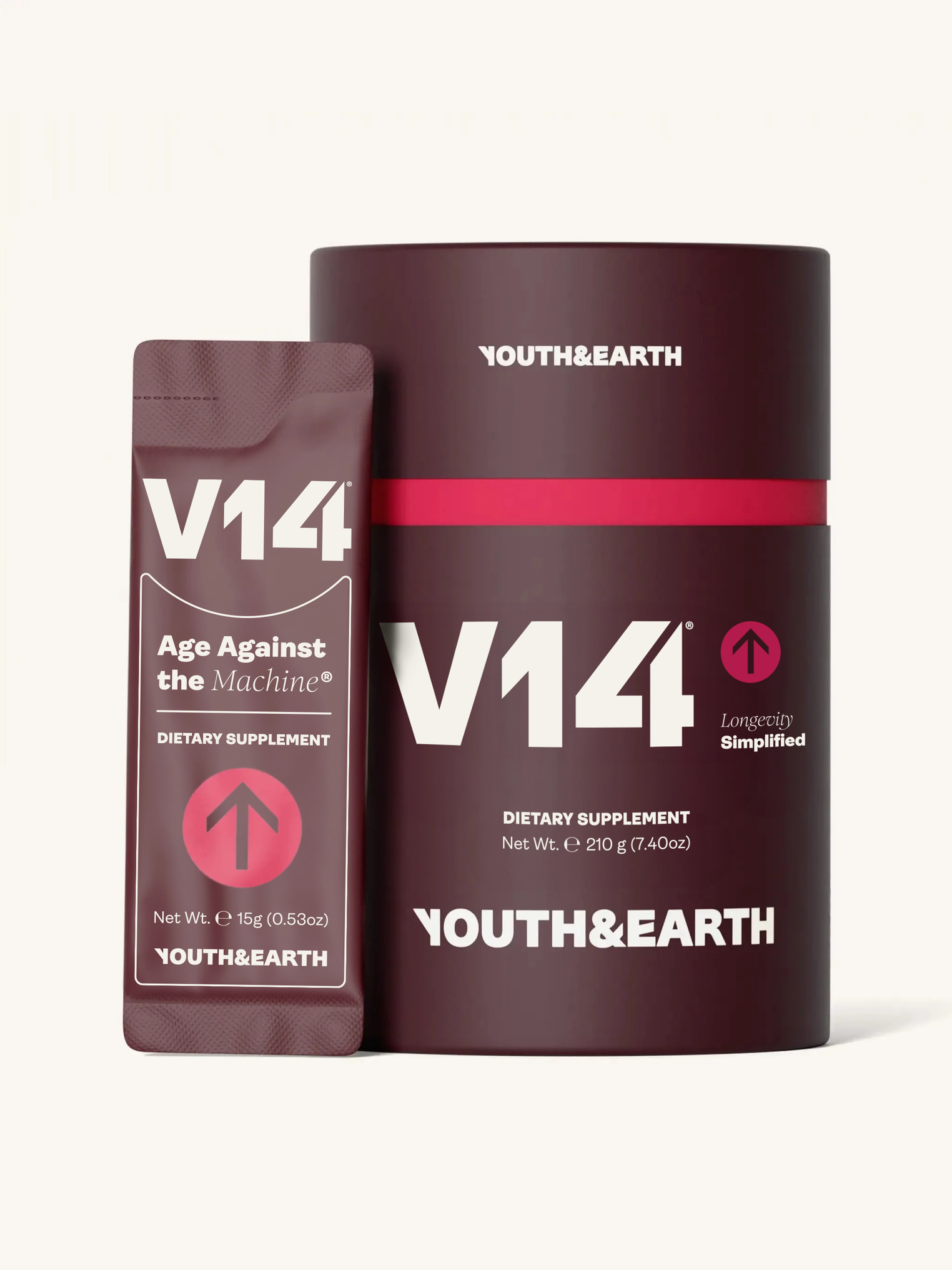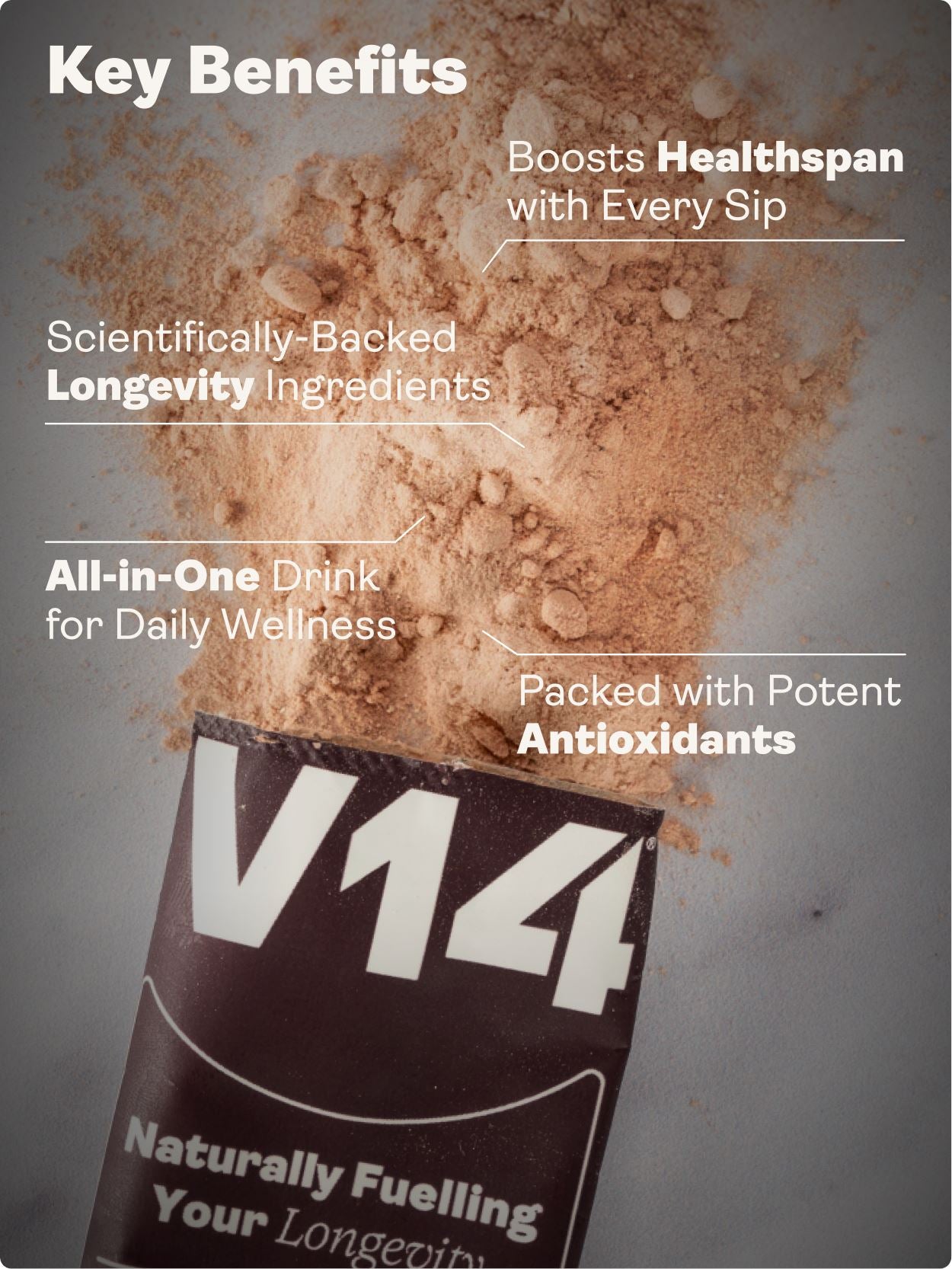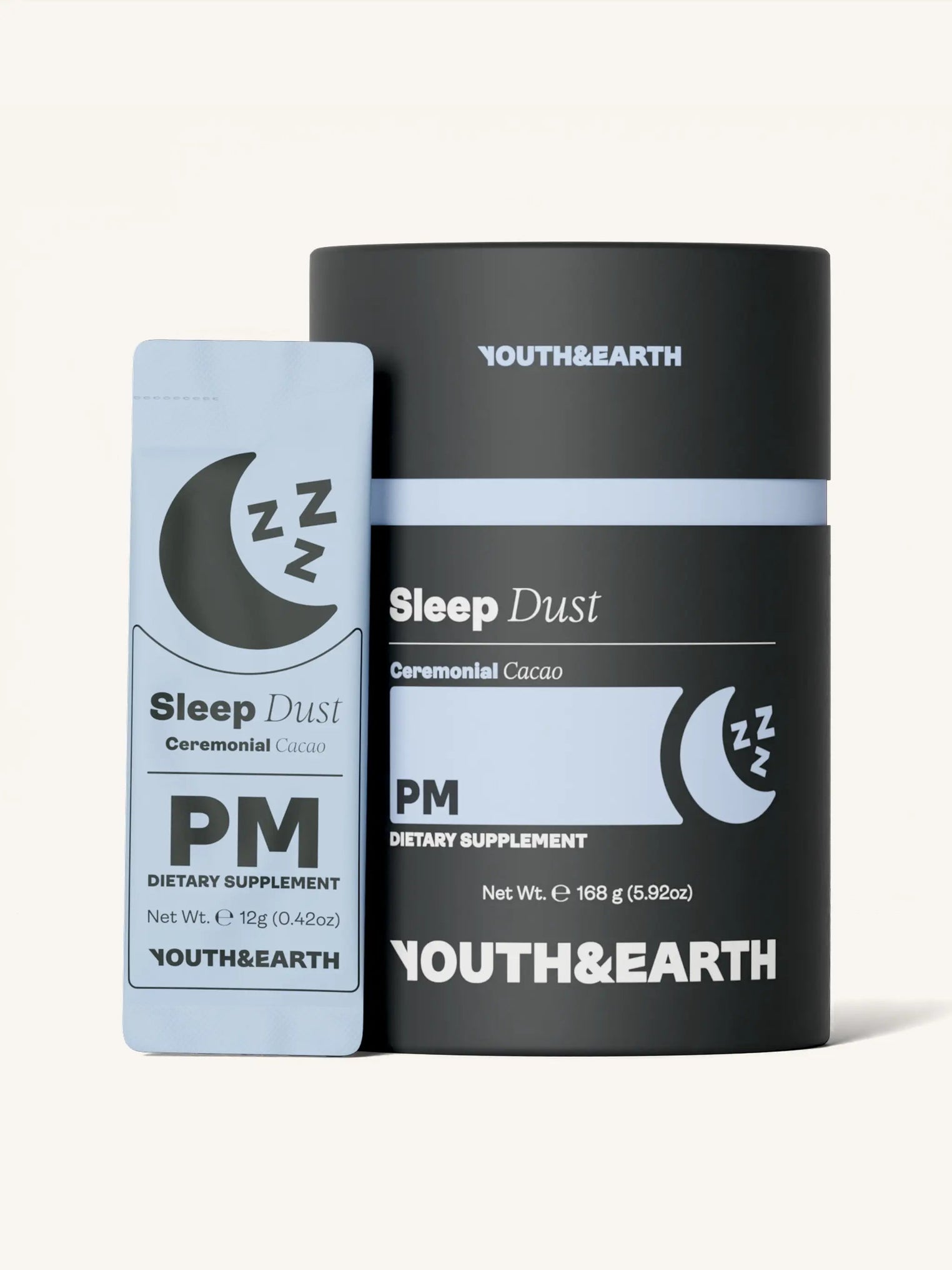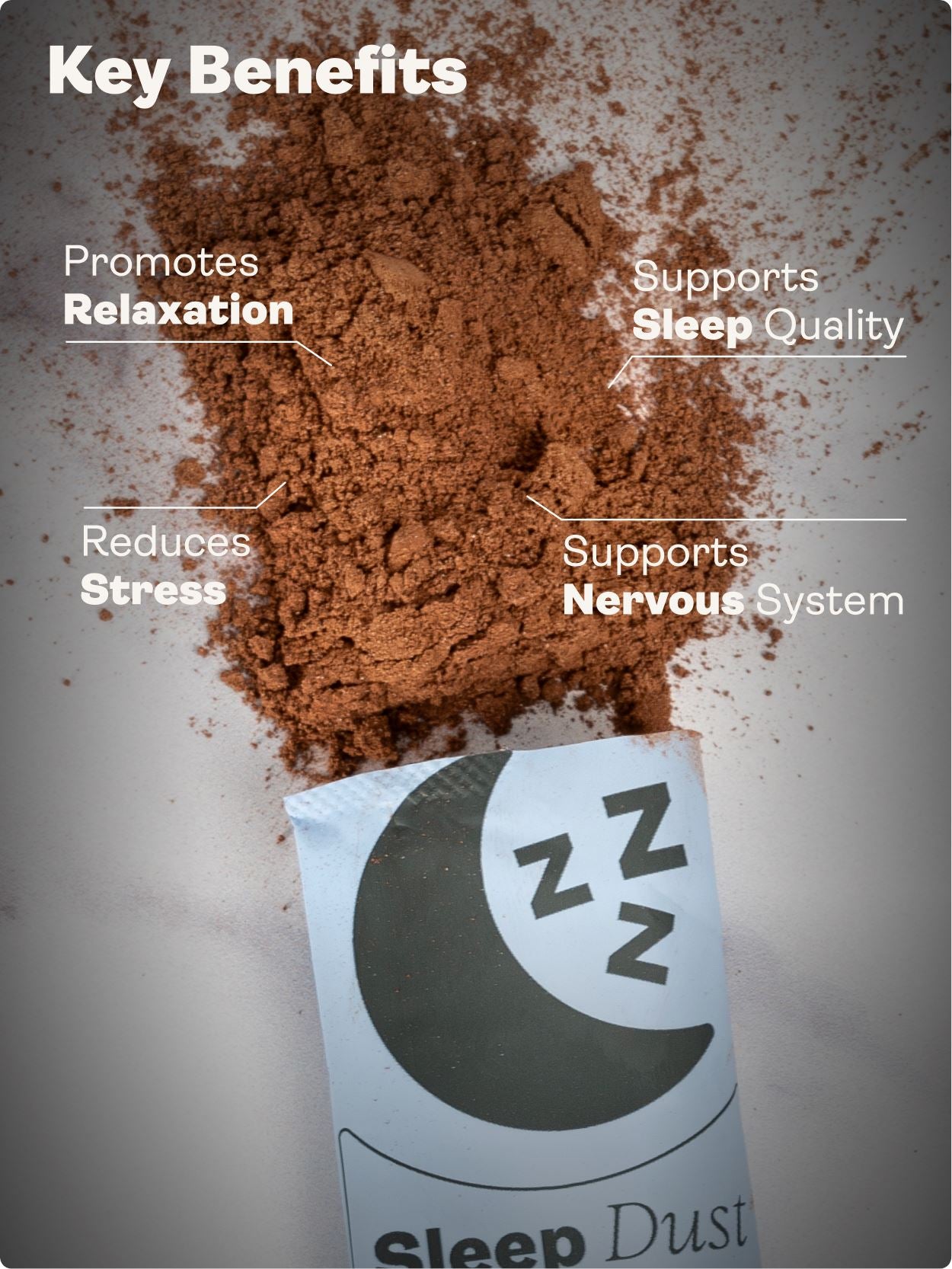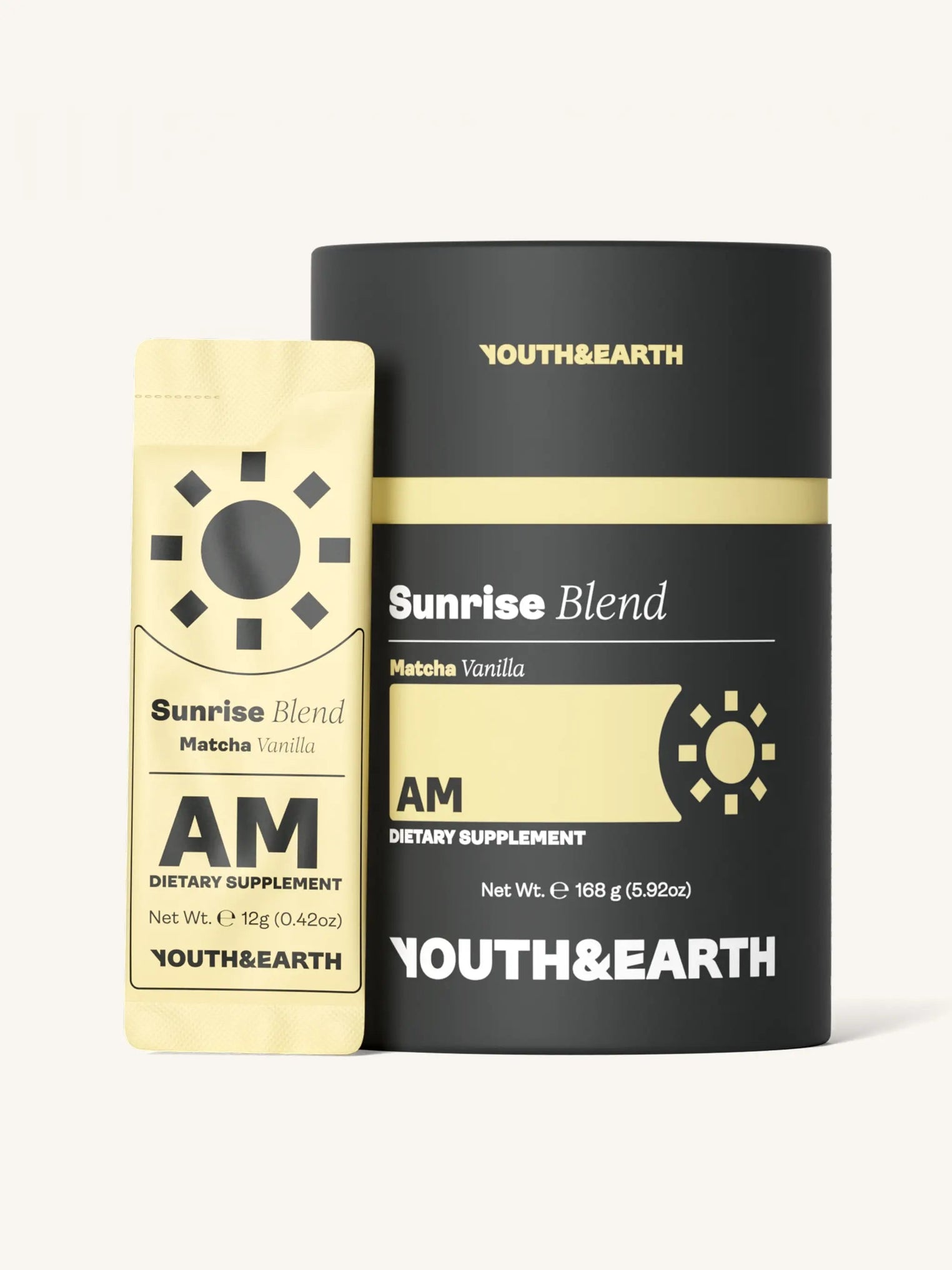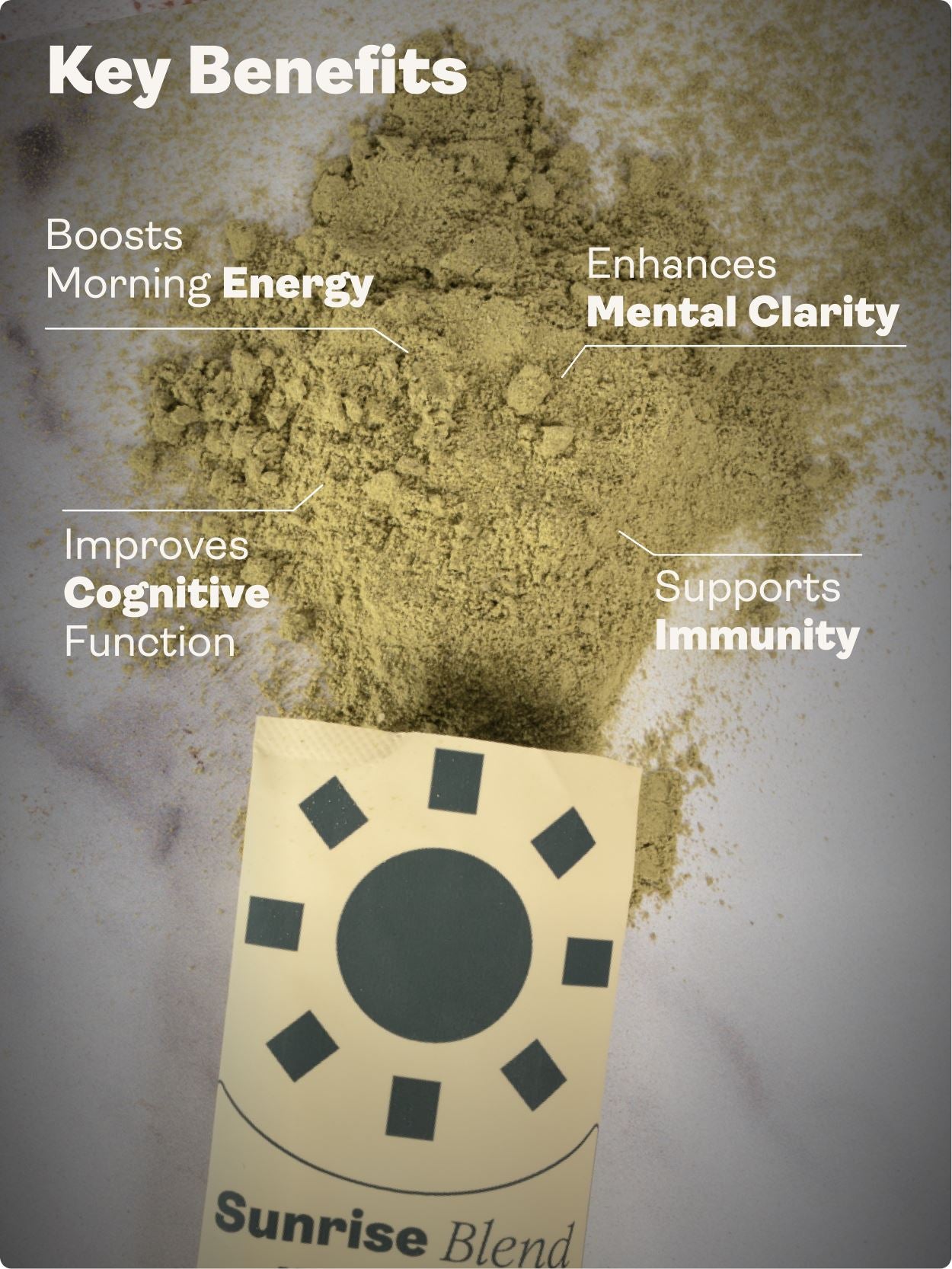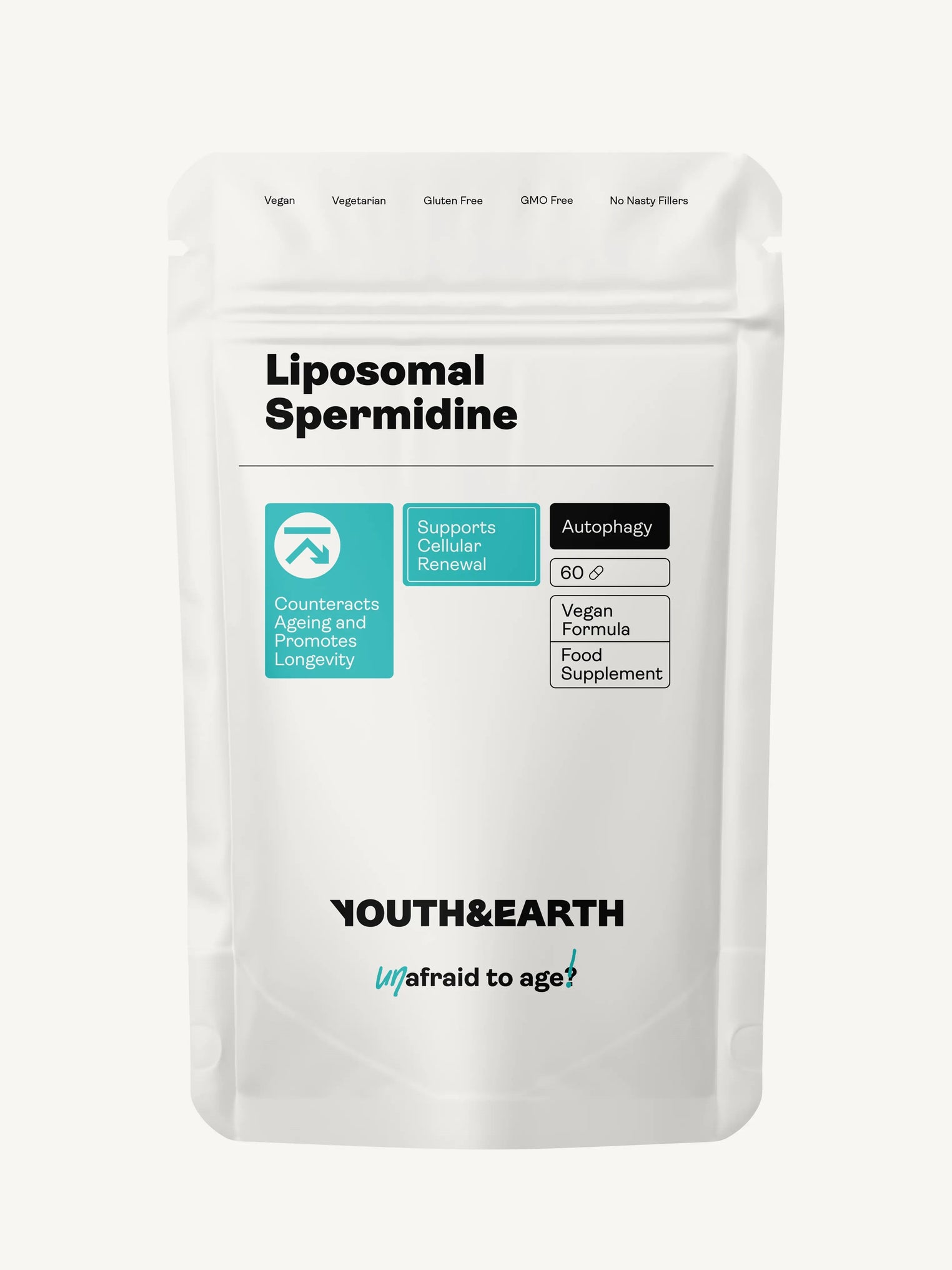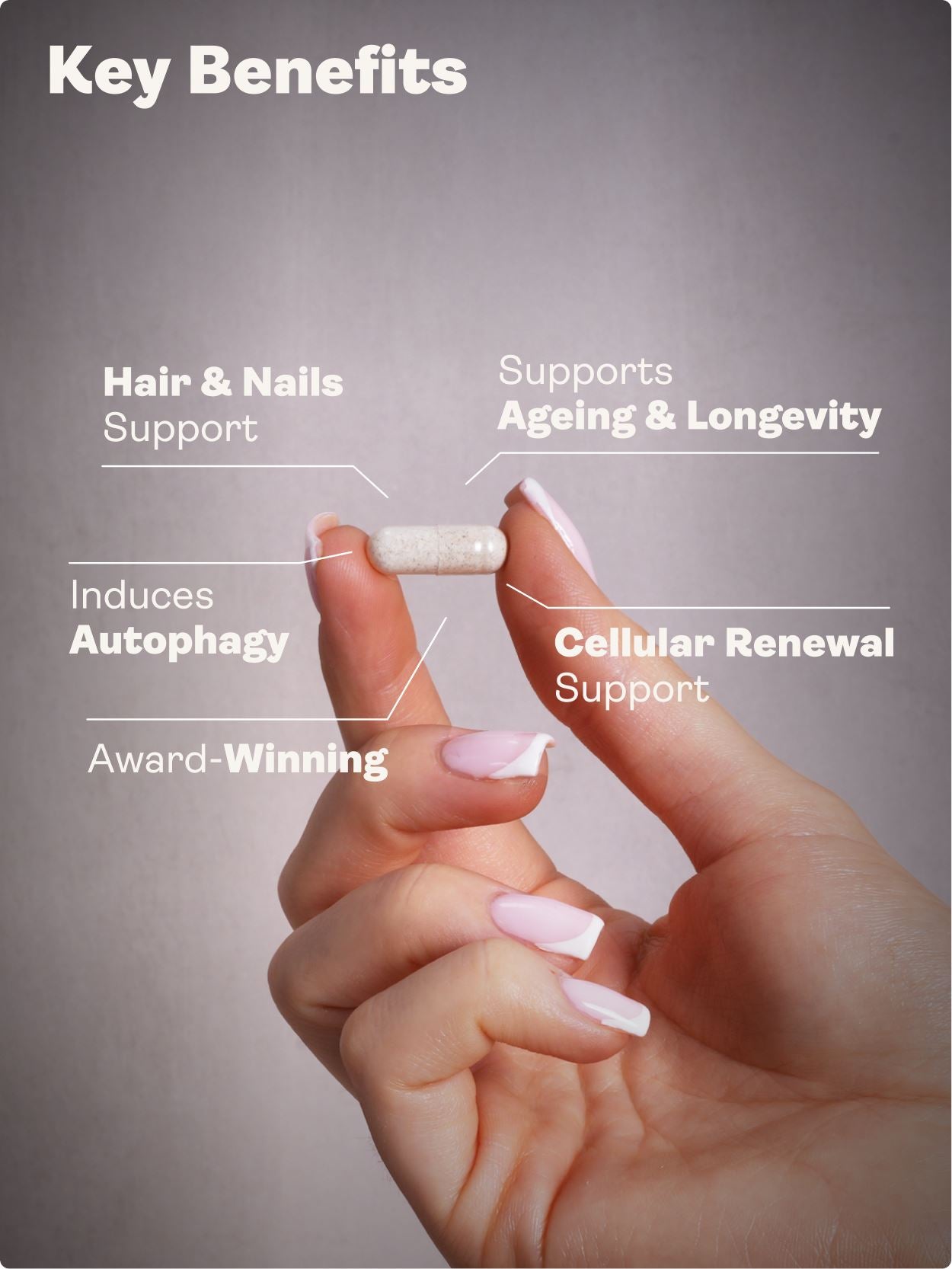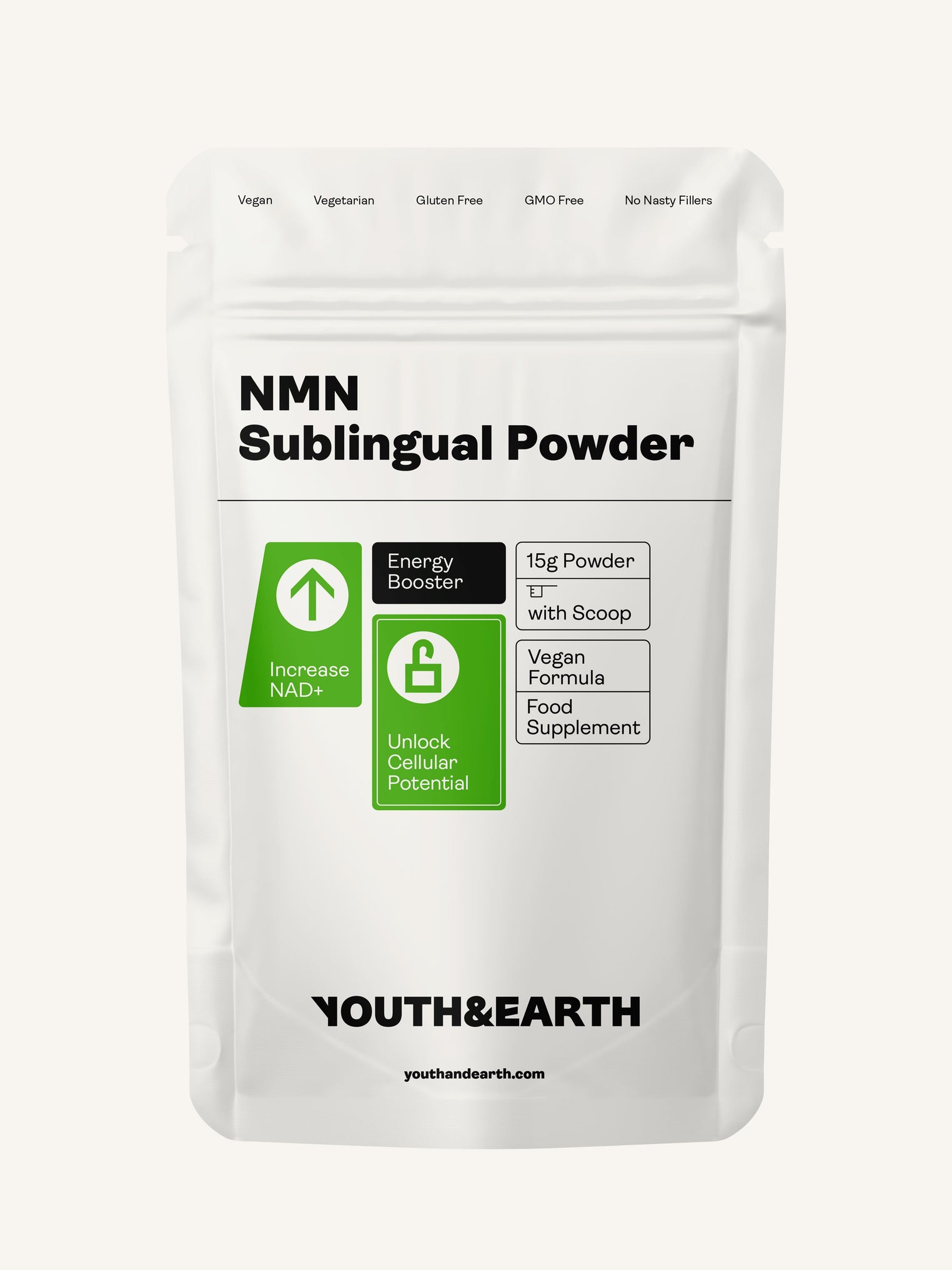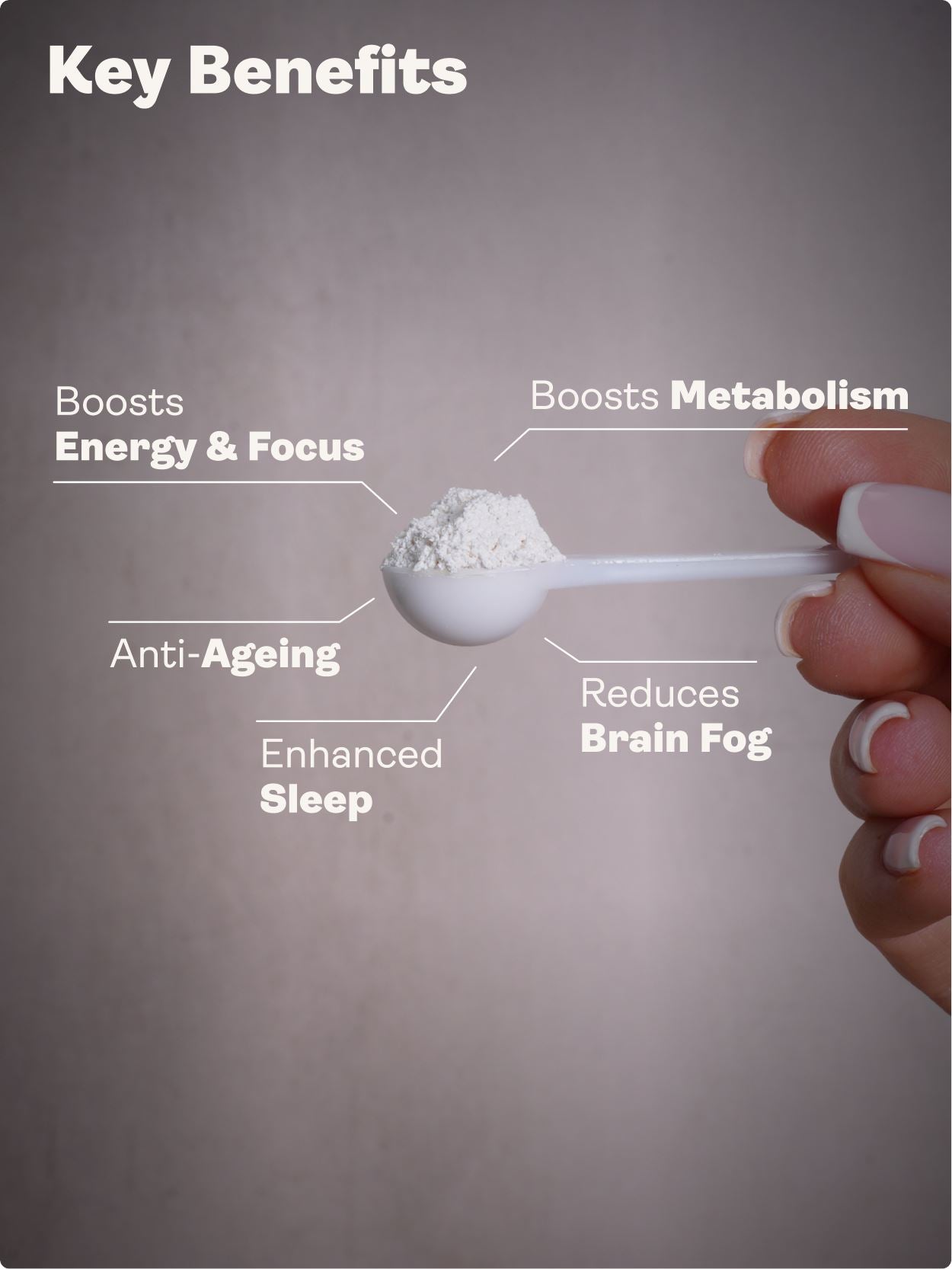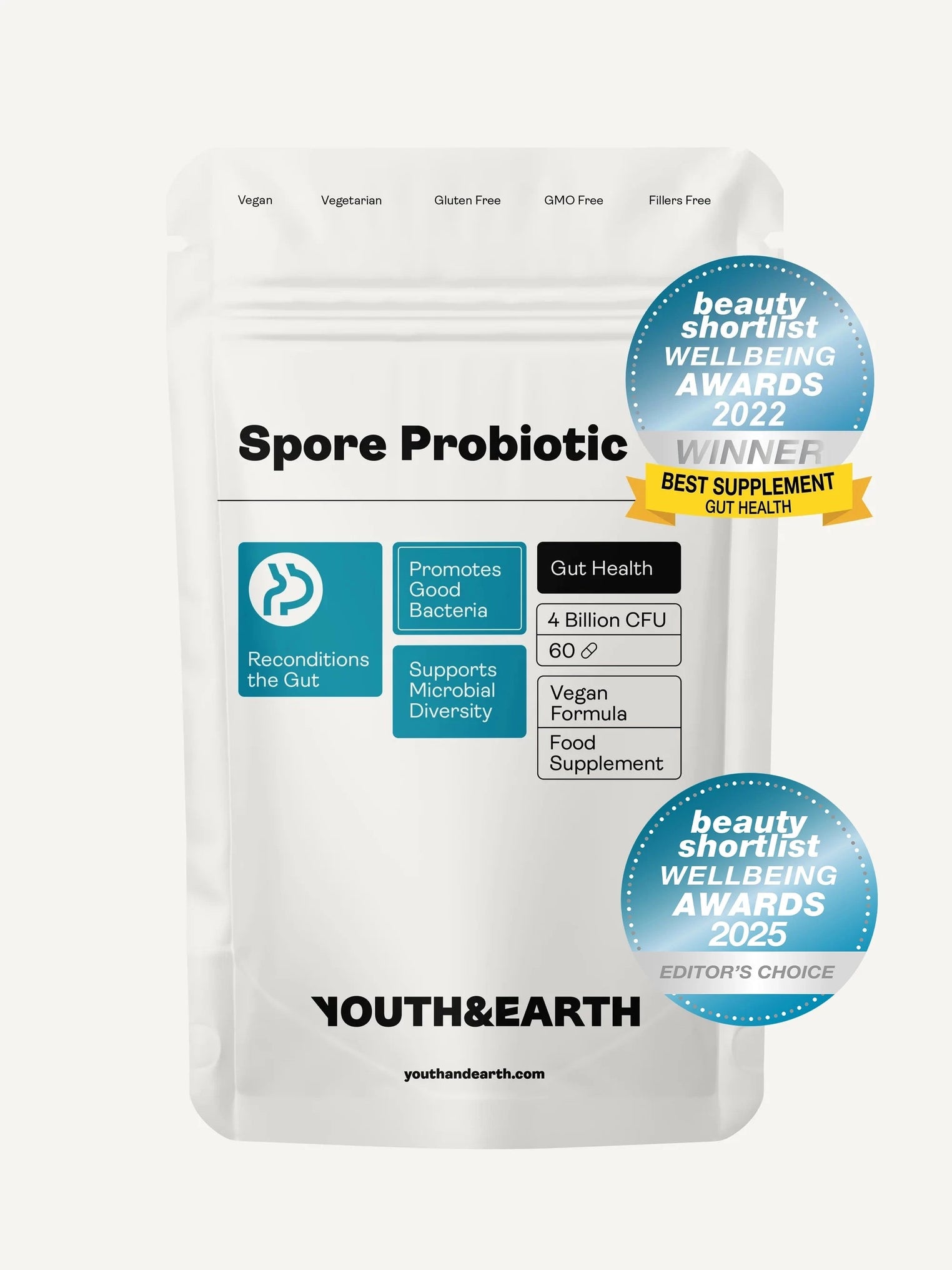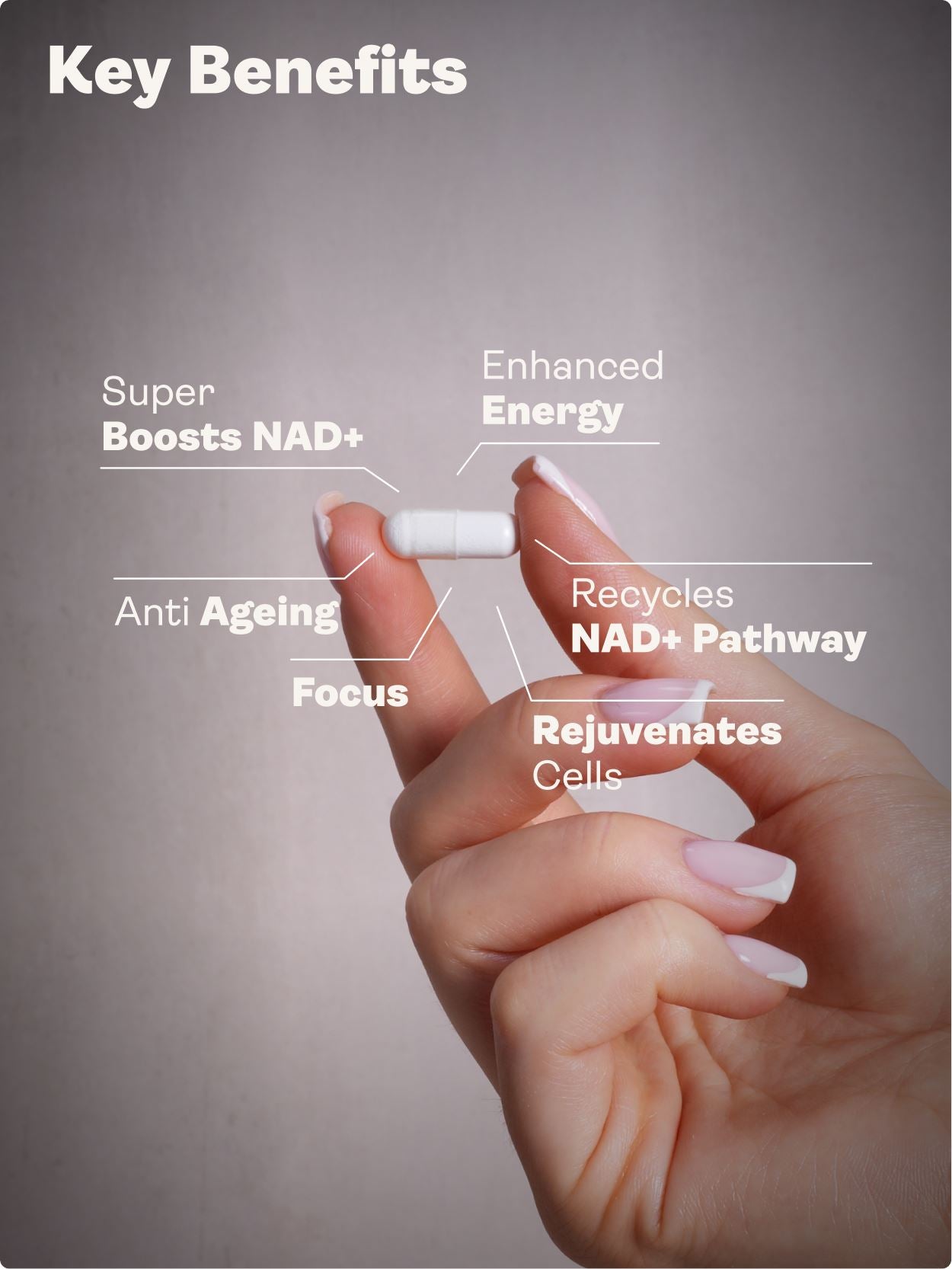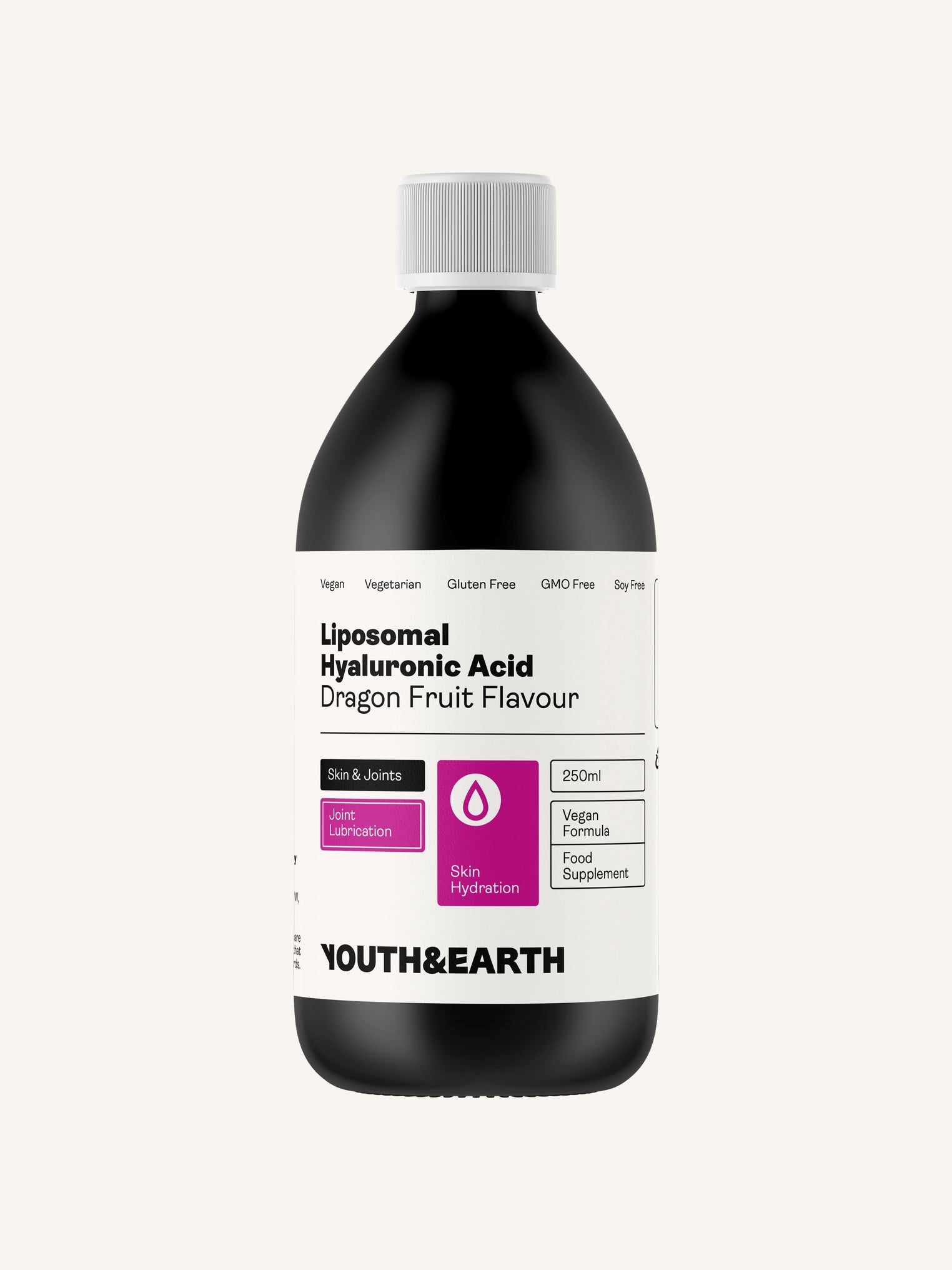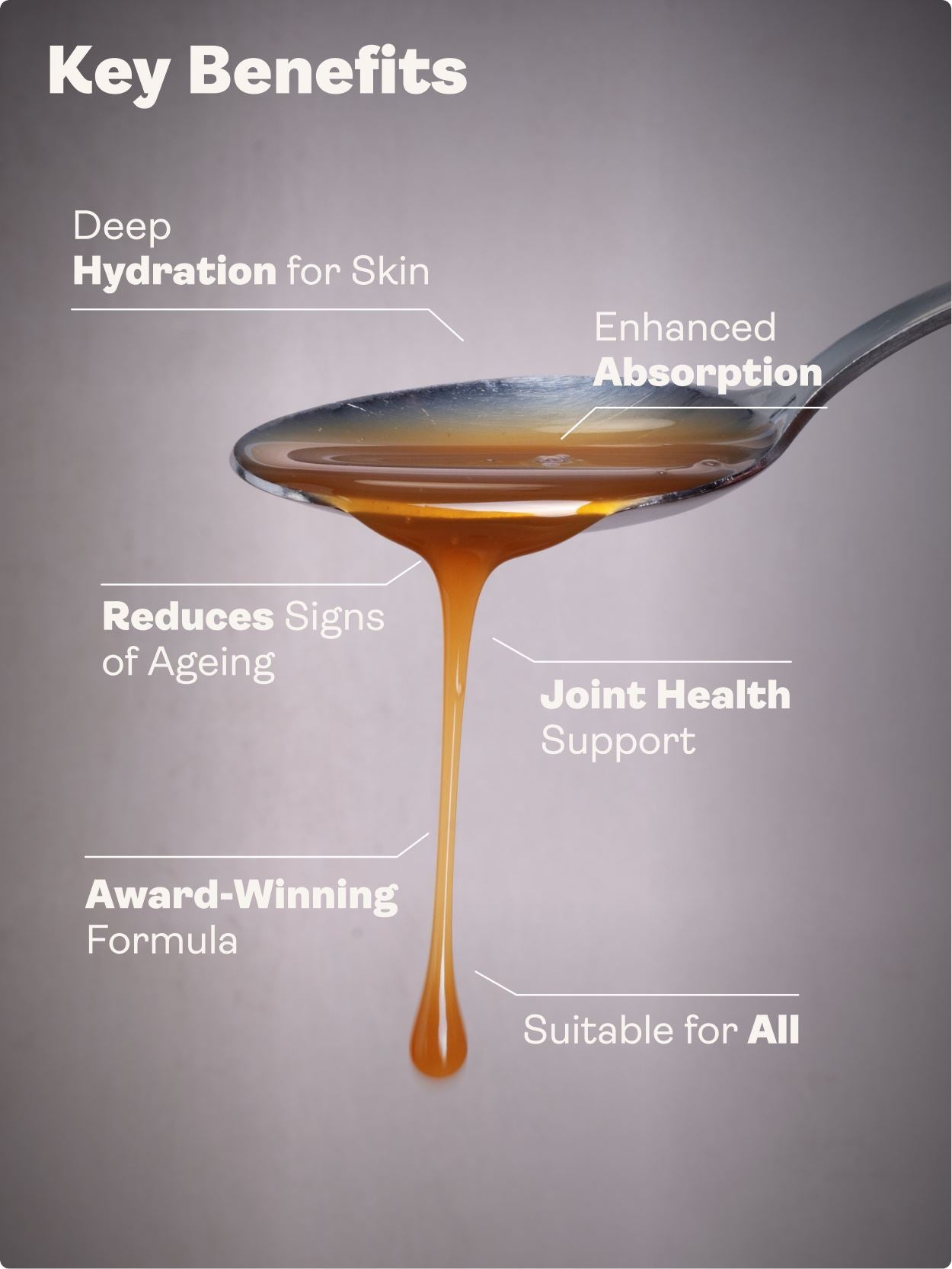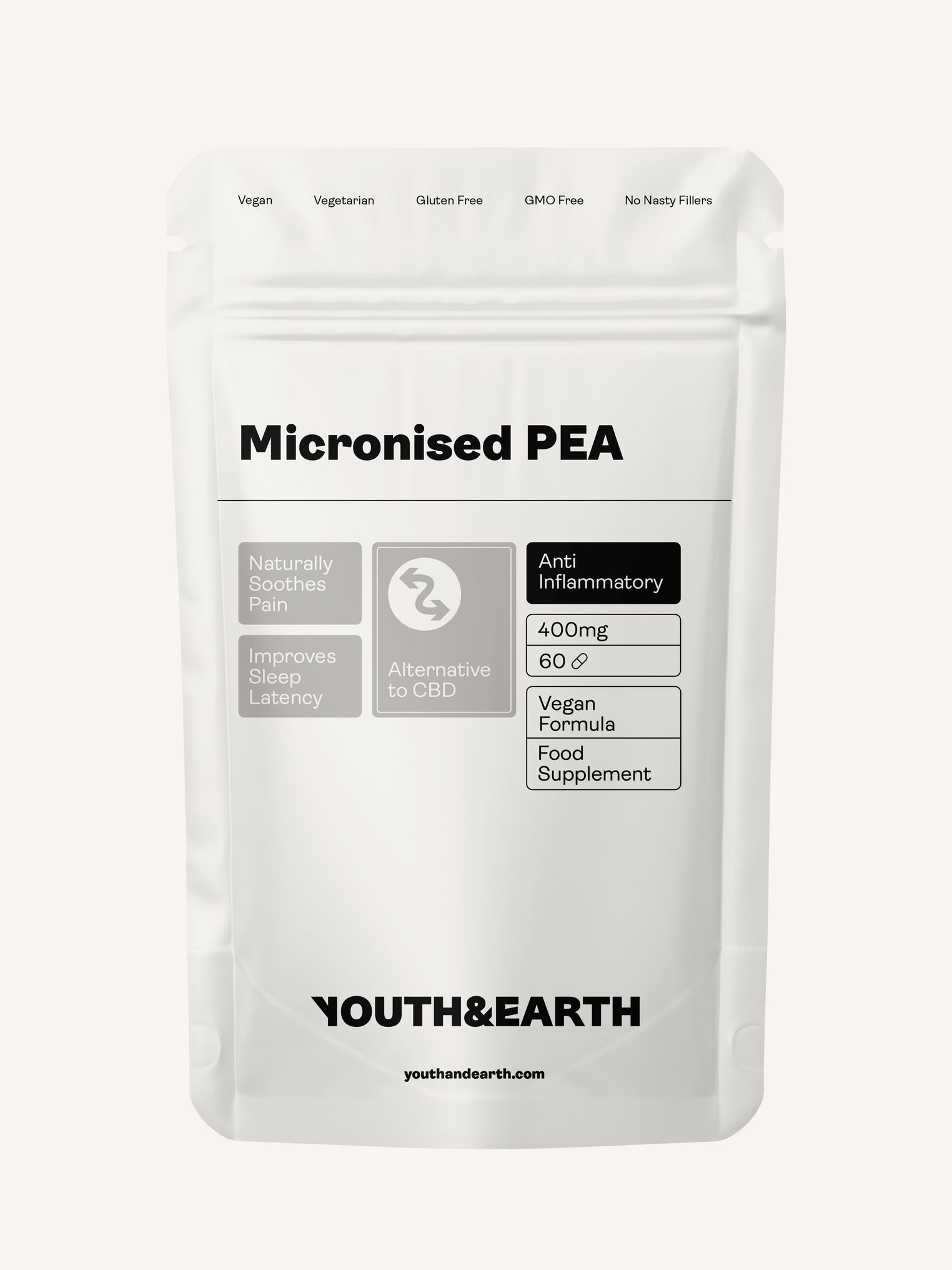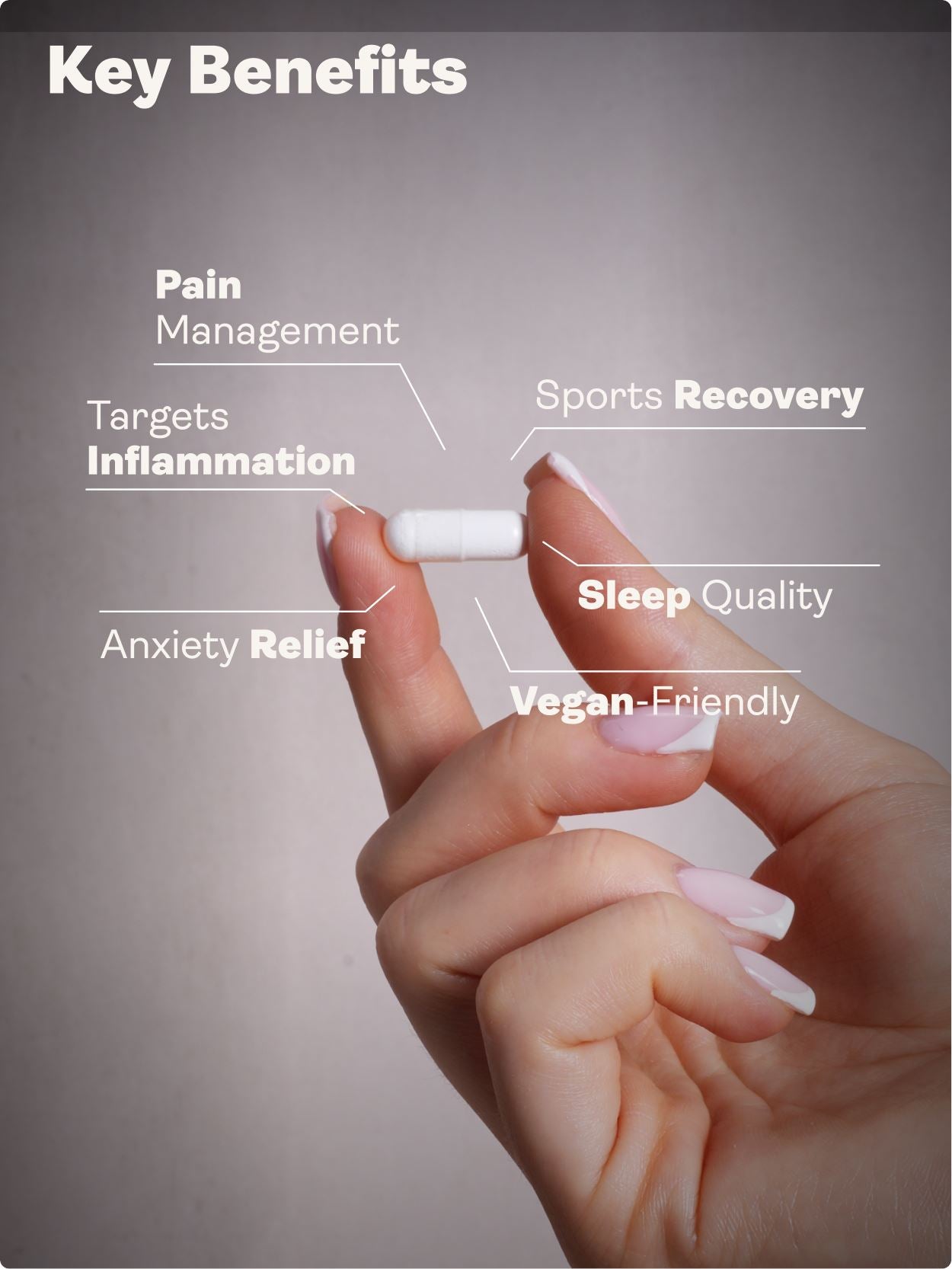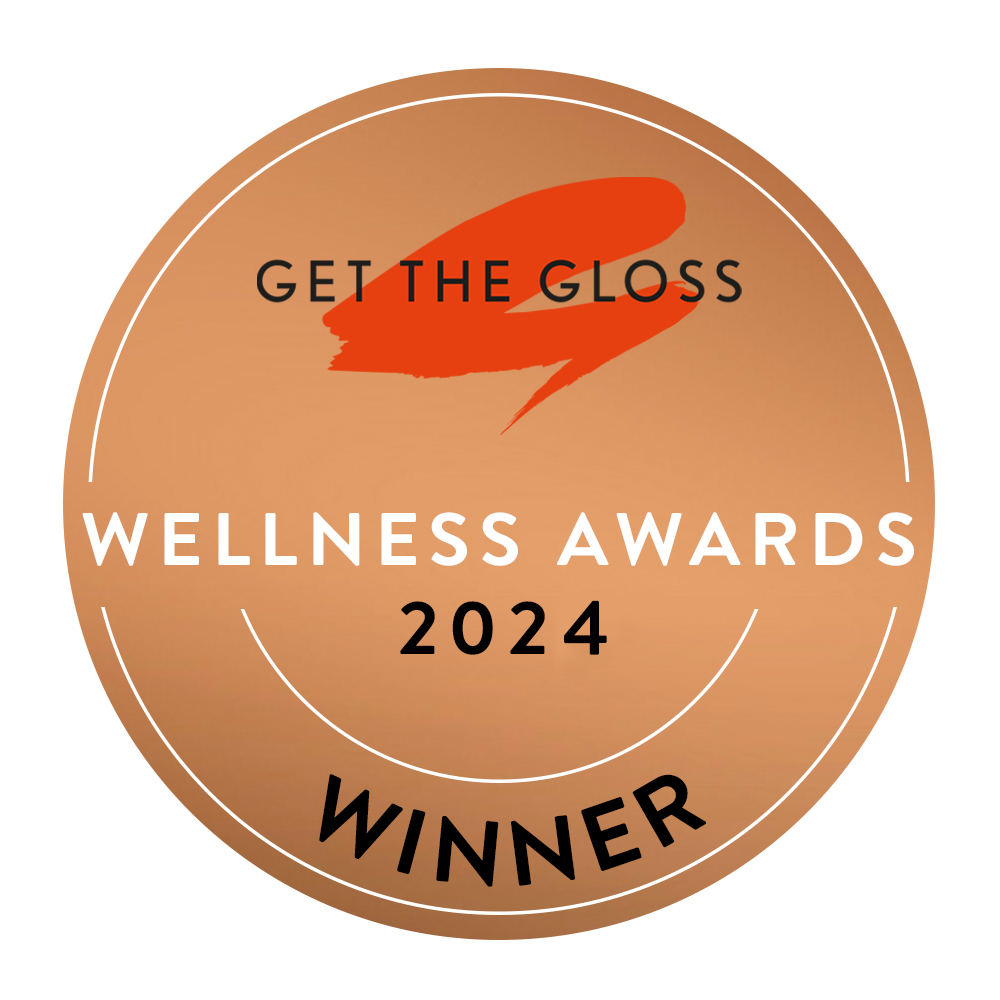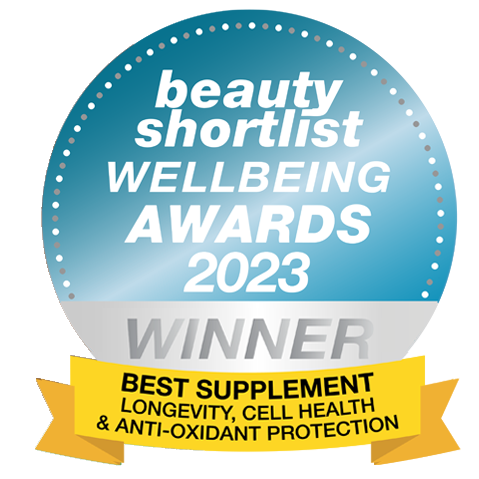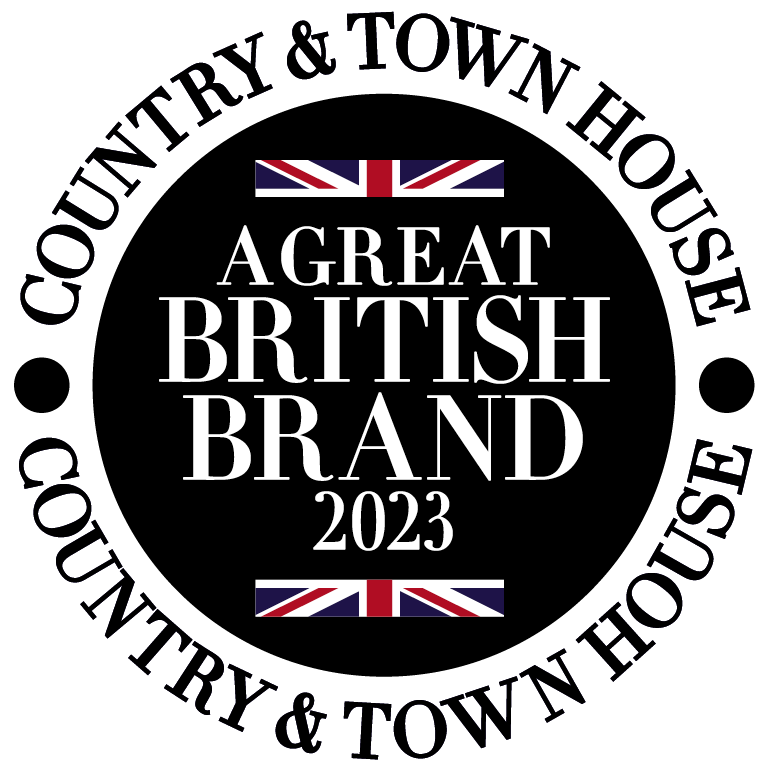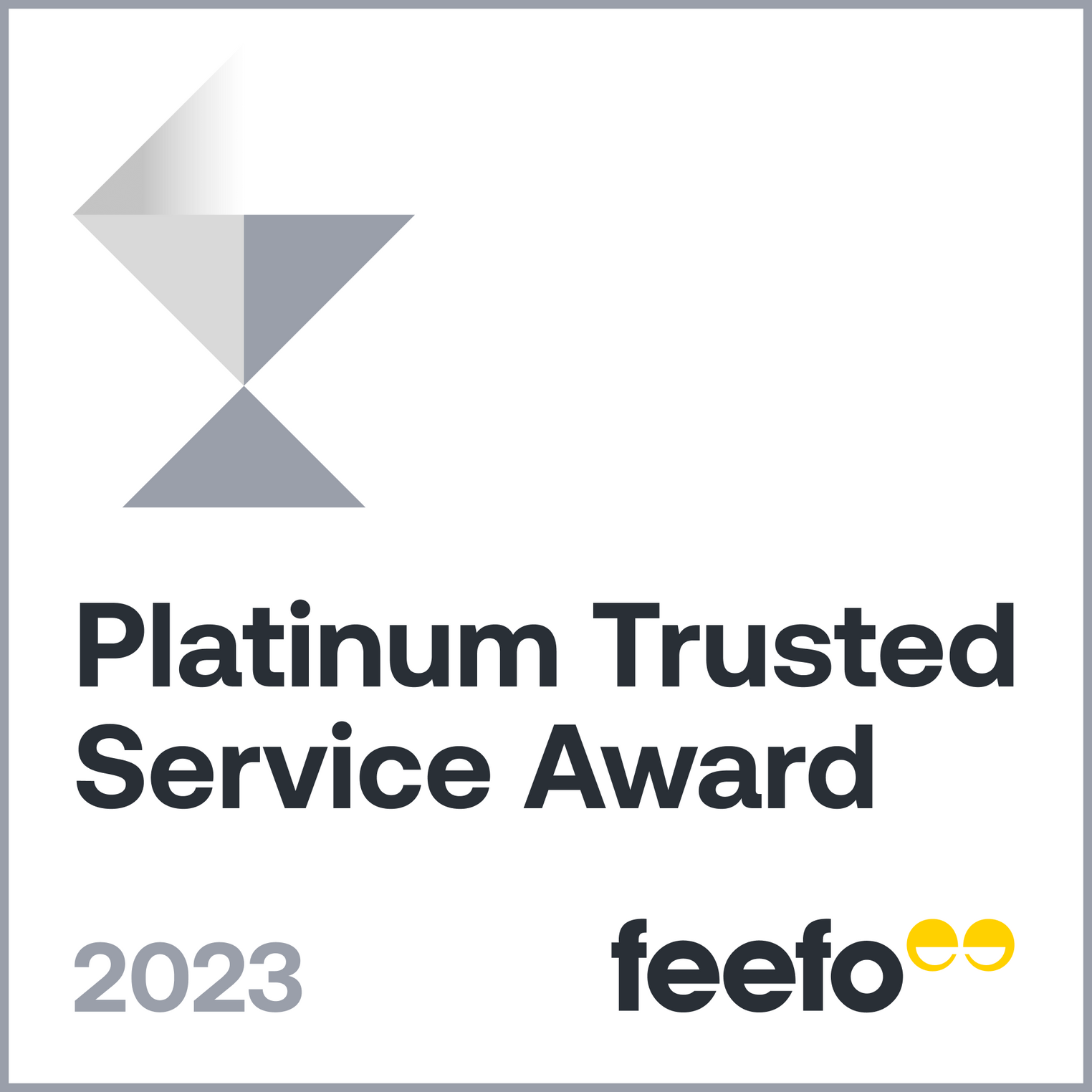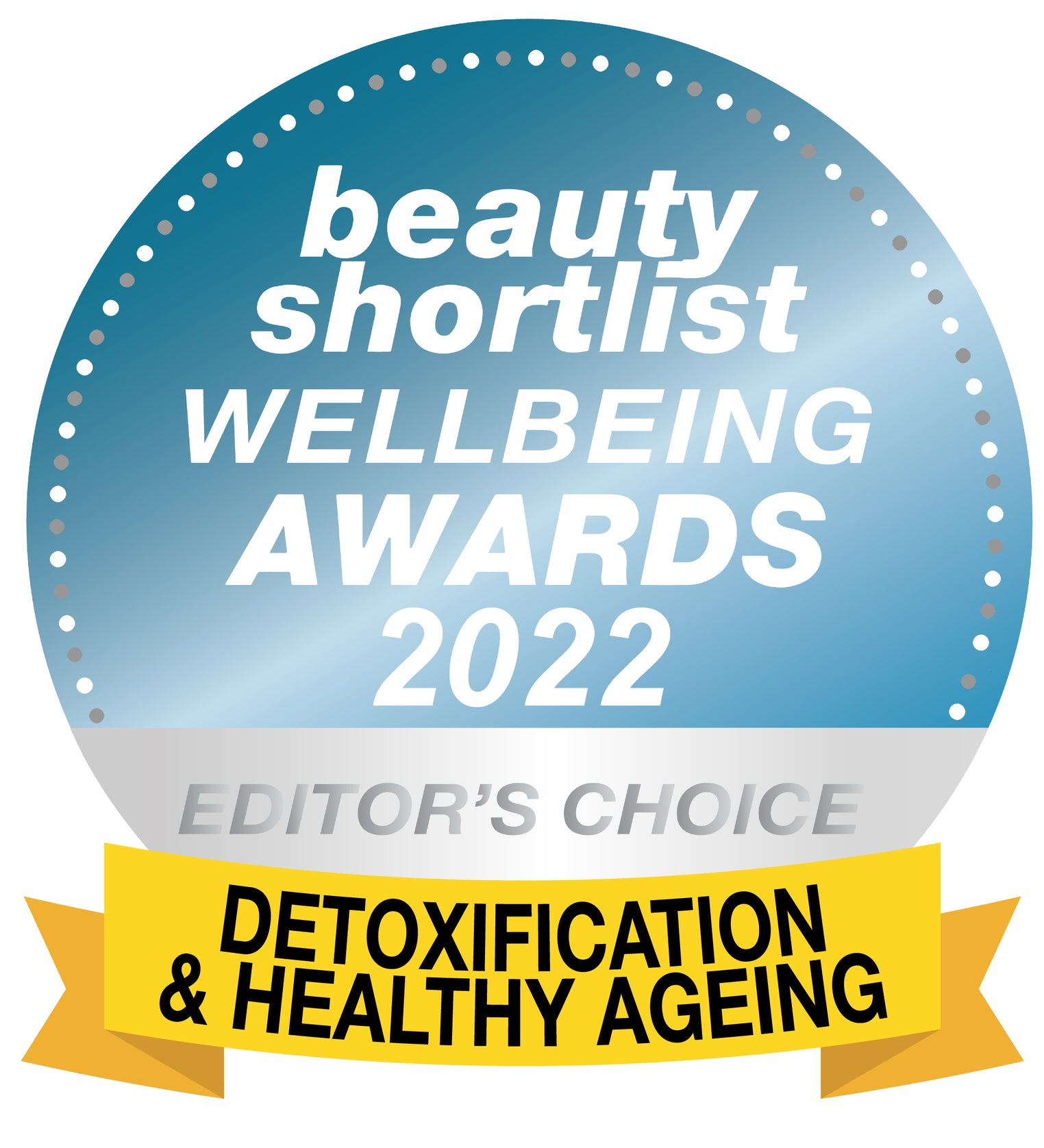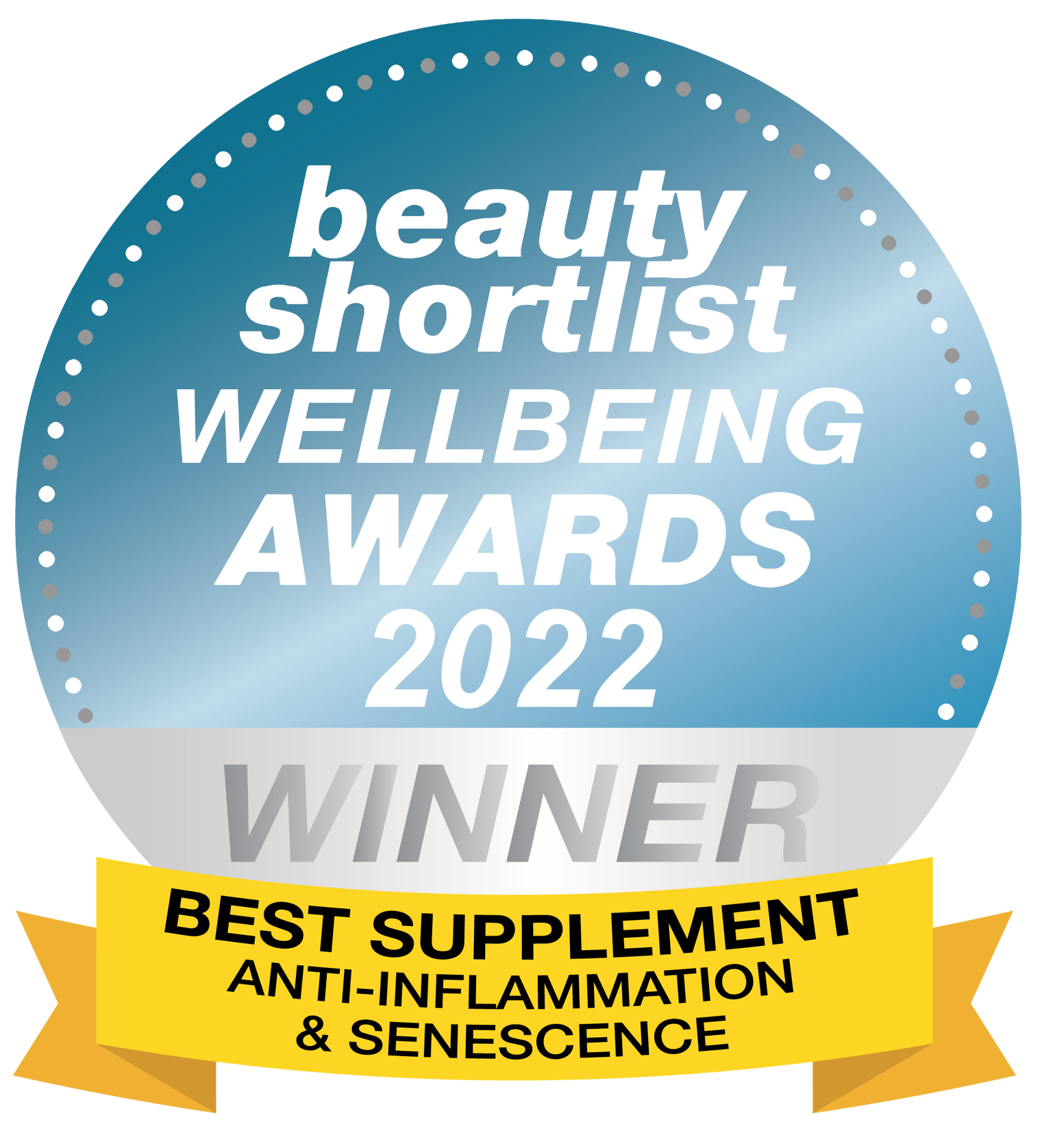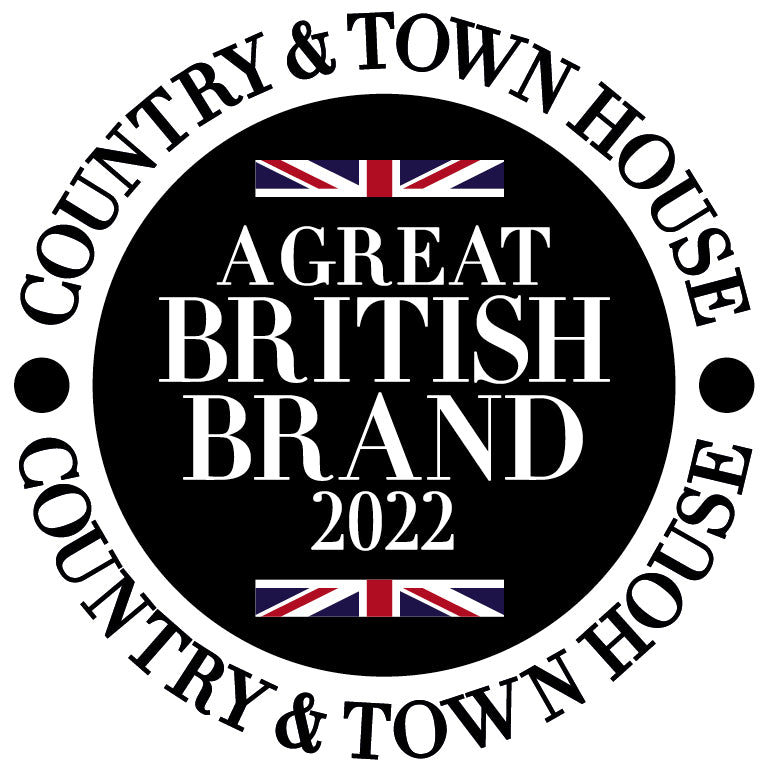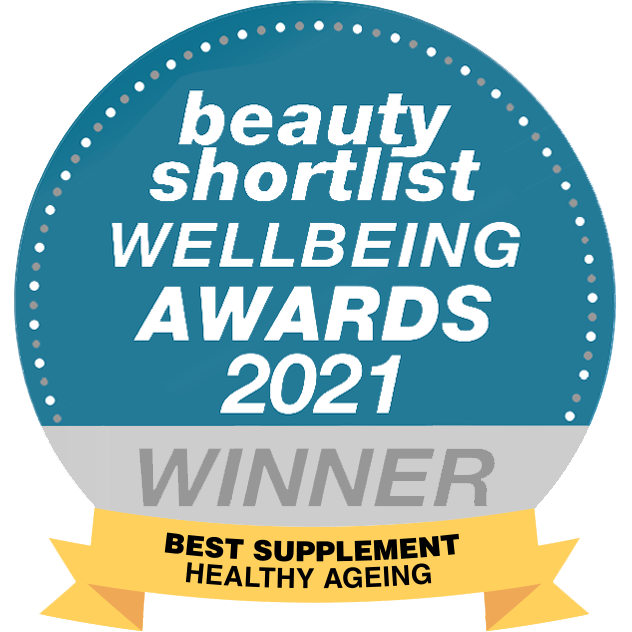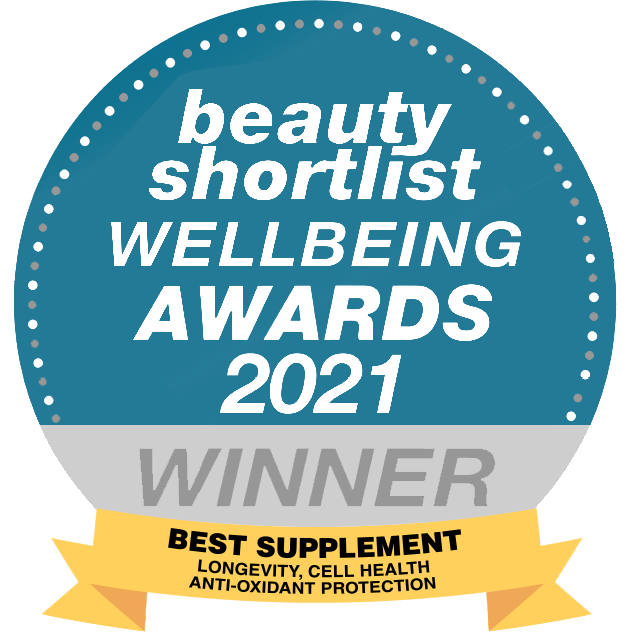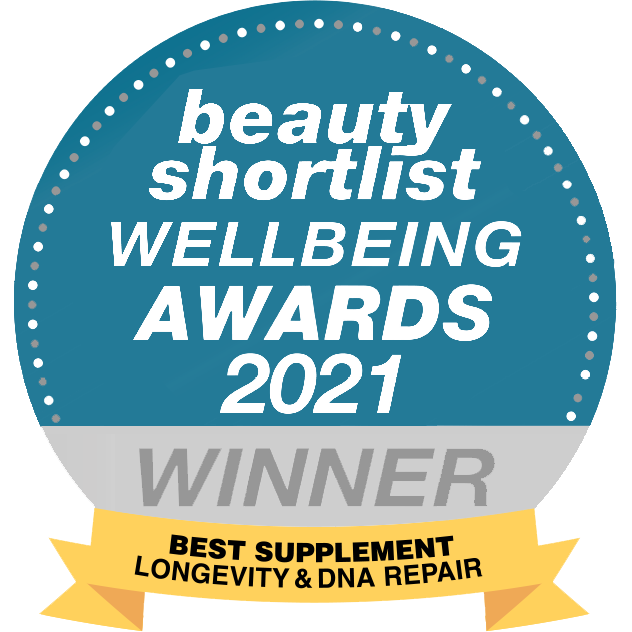The Science of Peptide Bioregulators
TL;DR: Peptide Bioregulators for Biohacking and Longevity
Peptide bioregulators are short peptides (2–7 amino acids) that modulate gene expression to support organ function and slow aging. Developed by Vladimir Khavinson, they include natural (Cytomaxes/Cytamins) and synthetic (Cytogens) forms, targeting systems like the brain, liver, and immune system. Biohackers use them to enhance longevity, boost recovery, and reduce inflammation. Key peptides like Epitalon and BPC-157 support telomere extension and tissue repair. Combined with diet, exercise, and intermittent fasting, bioregulators amplify anti-aging benefits.. Consult a healthcare professional before use.
Table of Contents
-
What Are Peptide Bioregulators?
-
Science Snapshot: Bioregulators in Biohacking
-
How Did Bioregulators Emerge from Soviet Research?
-
Who Was Vladimir Khavinson?
-
How Do Bioregulators Work for Anti-Aging?
-
What Are the Types of Bioregulators?
-
What Are Key Studies on Bioregulators?
-
Named Human Trials on Bioregulators
-
Natural vs. Synthetic Bioregulators: Which Is Better?
-
Stacking Bioregulators for Longevity Goals
-
Using Biomarkers to Track Peptide Impact
-
How Can Biohackers Use Bioregulators?
-
Are Bioregulators Safe?
-
Why Are Bioregulators Criticized?
-
Addressing Myths and Objections
-
Global Spread and Regulatory Landscape
-
Mechanistic Insights: Epigenetics, DNA, and Telomerase
-
Peptide Bioregulators vs. Other Longevity Peptides
-
Beyond Bioregulators: Other Peptides for Longevity
-
Conclusion & Biohacking Checklist
-
Frequently Asked Questions (FAQ)
-
Glossary of Terms
-
About the Author & Last Updated
What Are Peptide Bioregulators?
Peptide bioregulators, often called "Khavinson peptides," are short chains of 2–7 amino acids designed to optimize organ function and promote longevity. Unlike larger peptides like insulin, bioregulators penetrate cell and nuclear membranes to modulate gene expression. They act as epigenetic switches, restoring youthful cellular activity, making them a cornerstone of biohacking for anti-aging. Derived from animal tissues or synthesized, they target specific systems—brain, liver, heart—to enhance repair and reduce age-related decline. Their natural origins ensure minimal side effects, ideal for long-term use.
Science Snapshot: Bioregulators in Biohacking
| Key Point | Description |
|---|---|
| Gene Expression | Activate genes for cellular repair, supporting anti-aging |
| Organ-Specific Repair | Target systems like immune (Thymalin) or brain (Pinealon) |
| Anti-Inflammatory | Reduce chronic inflammation, a key aging driver |
| Biohacking Synergy | Combine with fasting, cold exposure, or resveratrol |
| Evidence | Russian studies show 20–40% lifespan extension in animals |
Biohacking Tip: Combine Epitalon with a ketogenic diet to enhance melatonin production and sleep quality.
How Did Bioregulators Emerge from Soviet Research?
In the 1970s, Soviet scientists, led by Vladimir Khavinson, developed bioregulators to protect russian soldiers, astronauts, and athletes from stressors like radiation and laser-induced retinal damage. Conducted at the Saint Petersburg Institute of Bioregulation and Gerontology, this initially classified research uncovered peptides that regulate gene expression and repair tissues. After the Soviet Union's collapse in 1991, findings were declassified, leading to six approved pharmaceuticals and over 64 supplements in Russia.
Who Was Vladimir Khavinson?
Vladimir Khavinson (1946–2024) was a Russian gerontologist and Colonel of Medical Service who pioneered peptide bioregulators. As Director of the Saint Petersburg Institute of Bioregulation and Gerontology, he published over 775 papers and secured 196 patents. His books, Peptides and Ageing (2002) and Gerontological Aspects of Genome Peptide Regulation (2005), established bioregulators as a longevity strategy. He introduced gerontology as a clinical specialty in Russia and played a key role in international aging research organizations.
How Do Bioregulators Work for Anti-Aging?
| Mechanism | Anti-Aging Benefit | Biohacking Application |
| Gene Expression Modulation | Activates repair and growth genes | Pair with meditation for stress reduction |
| Protein Synthesis | Promotes tissue regeneration | Combine with protein-rich diet |
| Telomerase Activation | Extends telomeres | Use Epitalon with tart cherries |
| Anti-Inflammatory Effects | Reduces oxidative stress | Add cold exposure |
| Hormonal Balance | Improves sleep and metabolism | Combine with fasting for optimization |
Epitalon, for example, boosts melatonin and helps restore circadian rhythm, key for recovery and anti-aging.
What Are the Types of Bioregulators?
Bioregulators are categorized by target organ and type:
-
Natural (Cytomaxes/Cytamins): Animal tissue extracts
-
Synthetic (Cytogens): Chemically synthesized short peptides
| Bioregulator | Target Organ | Function | Biohacking Benefit |
| Epithalamin/Epitalon | Pineal Gland | Melatonin, telomere regulation | Sleep, longevity |
| Thymalin/Thymogen | Thymus | T-cell stimulation | Immunity |
| Livagen/Ovagen | Liver | Regeneration, detoxification | Liver health |
| Pinealon/Cortexin | Brain | Neuroprotection | Cognition, memory |
| Cardiogen | Heart | Cardioprotection | Vascular resilience |
| Pancragen/Suprefort | Pancreas | Glucose metabolism | Glycemic control |
| Retinalamin | Retina | Visual repair | Eye health |
| Vesugen | Endothelium | Blood vessel repair | Cardiovascular health |
What Are Key Human Trials on Bioregulators?
Human trials, primarily conducted in Russia, provide robust evidence for bioregulators’ anti-aging potential. Many studies, published in Russian-language journals or internal reports, focus on Epithalamin, Thymalin, and Epitalon. Below is a detailed table summarizing key trials:
|
Peptide |
Study Details |
Key Findings |
Biohacking Application |
|---|---|---|---|
|
Epithalamin |
266 elderly patients (60+), 6–8 years, 10 mg daily for 10 days every 6 months, St. Petersburg Institute |
1.6–1.8x mortality reduction, improved cardiovascular, endocrine, immune function, 2.0–2.4x lower respiratory infections |
Use for longevity, pair with fasting |
|
Thymalin |
266 elderly patients, same protocol |
2.0–2.1x mortality reduction, enhanced T-cell function, reduced infections |
Boost immunity with vitamin C-rich citrus |
|
Epithalamin + Thymalin |
266 elderly patients, combined treatment; separate group treated annually for 6 years |
2.5x mortality reduction (combined), 4.1x with annual dosing, reduced ischemic heart disease, hypertension |
Stack for synergistic anti-aging effects |
|
Epithalamin |
79 coronary heart disease patients, 12 years, St. Petersburg Institute |
~50% reduction in cardiovascular and respiratory mortality, improved endurance, metabolism |
Support heart health with berries |
|
Epitalon |
Retinitis pigmentosa patients, St. Petersburg Institute |
Improved vision in >90% of cases, enhanced retinal function |
Use for eye health with carrots |
|
Thymalin |
36 severe COVID-19 patients (older), Chita State Medical Academy, 2020 |
Faster recovery, normalized lymphocytes, C-reactive protein, D-dimer; prevented cytokine storm |
Enhance immunity with yoga |
|
Epitalon |
Pulmonary tuberculosis patients, Russian study |
Protected against new chromosomal aberrations, no correction of pre-existing damage |
Pair with antioxidant-rich foods |
Limitations: Many studies are published in Russian journals (e.g., Advances in Gerontology, Bulletin of Experimental Biology and Medicine) or internal reports, limiting access. Independent replication is scarce, but the long-term nature (6–12 years) of these trials is notable.
Natural vs. Synthetic Bioregulators: Which Is Better?
| Feature | Natural (Cytomaxes/Cytamins) | Synthetic (Cytogens) |
| Source | Animal-derived organ extracts | Chemically synthesized |
| Action Duration | 4–6 months | 1.5–2 months |
| Potency | Synergistic | Fast-acting |
| Composition | Complex peptide mix | Isolated short chain |
| Best Use | Long-term support | Targeted recovery or acute boost |
Stacking Bioregulators for Longevity Goals
-
Longevity Stack: Epitalon + Thymalin + Pinealon
-
Cognitive Stack: Pinealon + Cortexin + omega-3
-
Immune Stack: Thymalin + Livagen + fasting
-
Metabolic Stack: Pancragen + Vesugen + low-carb diet
Protocols typically run 10–30 days and are repeated biannually or annually depending on health goals.
Using Biomarkers to Track Peptide Impact
| Biomarker | Peptide Related | Tracking Tool or Method |
| Telomere Length | Epitalon | TeloYears, DNA methylation clock assays |
| T-cell Count | Thymalin | Immune panels |
| Inflammation (hs-CRP) | Vesugen, Ovagen | Blood work |
| HRV/Sleep Quality | Epitalon, Pinealon | Wearables (Oura, WHOOP) |
| Blood Sugar | Pancragen | Glucose monitoring (CGM, A1C) |
How Can Biohackers Use Bioregulators?
| Step | Action | Tip |
| 1 | Choose a target organ/system | Match peptide to health goal |
| 2 | Follow dosing protocols (10–30 days) | Cycle every 6 months |
| 3 | Combine with synergistic practices | Fasting, exercise, supplements |
| 4 | Include nutrient-dense food | Broccoli, cherries, omega-3 |
| 5 | Monitor outcomes with labs and wearables | Biomarker tracking |
Are Bioregulators Safe?
Bioregulators have shown a strong safety profile, largely because they are derived from or mimic naturally occurring peptide sequences in the body. No significant side effects have been reported in multi-year Russian trials. However, always consult a healthcare provider before use, especially if you have a medical condition or take prescription medications.
Why Are Bioregulators Criticized?
| Criticism | Description | Counterpoint |
| Limited RCTs | Few Western double-blind placebo trials | Long-term Russian studies with positive data |
| Mechanistic Doubts | Skepticism around nuclear penetration | In vitro studies show DNA binding |
| Regulatory Barriers | Not FDA-approved | Widely used in CIS and Europe |
Addressing Myths and Objections
"Are these just Russian snake oil?" Many of the studies are indeed Russian, but include both peer-reviewed and long-term clinical data across thousands of patients. These peptides were used in national health programs, not just lab experiments.
"Why aren't these approved globally?" Because they are too small to patent profitably and because regulatory processes require expensive multinational trials. They are, however, considered safe and are sold as food supplements or cosmetics in most regions.
Global Spread and Regulatory Landscape
Bioregulators are:
-
Approved pharmaceuticals in Russia and CIS countries
-
Sold as supplements or research compounds in Europe, North America, Asia
-
Gaining traction in longevity clinics in Germany, Korea, and Dubai
Although not FDA-approved, they are legally accessible in many regions under wellness, cosmetic, or supplement labels.
Mechanistic Insights: Epigenetics, DNA, and Telomerase
Khavinson peptides:
-
Bind to histone proteins and DNA segments
-
De-repress silenced genes associated with youthfulness
-
Extend telomeres via telomerase reactivation (Epitalon)
-
Potentially modulate mitochondrial gene expression
This makes them epigenetic modifiers with organ-specific targeting capability.
Peptide Bioregulators vs. Other Longevity Peptides
| Peptide | Origin | Function | Biohacking Use |
| Epitalon | Pineal | Telomerase, sleep | Circadian reset, longevity |
| Thymalin | Thymus | Immune regulation | Infection recovery |
| BPC-157 | Gut | Tissue repair, gut lining | Injury, digestion |
| FOXO4-DRI | Synthetic | Senescent cell apoptosis | Experimental longevity |
| GHK-Cu | Copper peptide | Skin repair, anti-inflammatory | Aesthetics, brain health |
Beyond Bioregulators: Other Peptides for Longevity
| Peptide | Benefit | Biohacking Strategy |
| BPC-157 | Muscle, tendon, gut repair | Pair with strength training |
| GLP-1 agonists | Weight management | Combine with protein-rich diet |
| FOXO4-DRI | Cellular senescence | Use experimentally under guidance |
Conclusion & Biohacking Checklist
Bioregulators offer a systems-based, molecular toolkit for those seeking healthspan extension. Combining natural and synthetic peptides with smart nutrition, stress modulation, and movement practices yields significant biohacking leverage.
| Goal | Toolset |
| Sleep Optimization | Epitalon, tart cherries, sleep hygiene |
| Immune Boost | Thymalin, vitamin C, light exposure |
| Cognitive Clarity | Pinealon, omega-3s, neurofeedback |
| Injury Recovery | BPC-157, protein-rich meals, mobility training |
| Inflammation Control | Vesugen, fasting, cold therapy |
Frequently Asked Questions (FAQ)
How do bioregulators promote longevity? By modulating gene expression, extending telomeres, and reducing systemic inflammation.
Are bioregulators natural or synthetic? Both. Natural forms last longer; synthetic forms act faster.
Are they safe? Studies show excellent safety, but consult a practitioner before use.
How can I maximize benefits? Combine with fasting, movement, and nutrient-rich food.
Where can I find them? Vendors include Antiaging Systems, Khavinson Peptides, and specialty longevity clinics.
Glossary of Terms
-
Bioregulator: Short peptide modulating organ-specific gene expression
-
Epitalon: Synthetic pineal peptide boosting melatonin and telomerase
-
Telomerase: Enzyme that lengthens telomeres, protecting chromosomes
-
Cytomax/Cytamin: Natural peptide complex from animal tissues
-
Cytogen: Synthetic peptide analogue for fast action
About the Author & Last Updated
Ed Van Harmelen is the founder of Youth & Earth and a passionate advocate for biohacking and anti-aging since 2017. He has been featured in numerous podcasts and wellness publications for his insights on longevity, biohacking, and supplement science. Ed also founded OptimallyMe.com, a leading B2B health optimization platform, and V14, an all-in-one longevity supplement.
Last Updated: July 2025

